The sun was already becoming intense when we met up with Steve Harrington at his studio near Atwater Village in Los Angeles. The exterior of his studio is painted in a matte black charcoal, a simple modern structure on a semi-residential, unremarkable street. Harrington wears many hats as an art director, a designer, and an artist. It’s often times hard to see where one division starts and where one ends, though. His passion and dedication to create is apparent, and definitely deserves the received attention and respect he has gotten for his work over the past years. Steven Harrington’s art work can be hyper-colorful, while seemingly drawing influences from the street artists on Venice Beach. Elements of 80’s postmodernism and airbrushed playfulness are blended with a simple ”feel good” California 60‘s vibe. It’s hard not to smile when looking at his work. His art has been shown in American and European galleries, and he has recently collaborated with Generic Surplus, designing a shoe along with a loose narrative based on the “crystal skulls.”
We traveled by car up into the hills of South Pasadena, a nearby suburb of Los Angeles to Steven’s home. While each winding turn took us higher, the views quickly became more epic with each curve. Steven’s home is tucked away from the road, a hidden retreat of sorts, filled with friends’ artwork. It’s the perfect home to watch a Californian sunset. On the way out, I found a quote handwritten by his girlfriend on a small piece of paper, taped to their mirror. It reminded me of the conversation that Steven and I just had, relating to the ideas of creation, death, along with “the crystal skulls.” It stated “Real authentic change emerges only from a place of deep focus and intention.” Well said.
This portrait is part of our ongoing collaboration withZEIT Onlinewho presents a special curation of our pictures on their site. Have a lookhere!

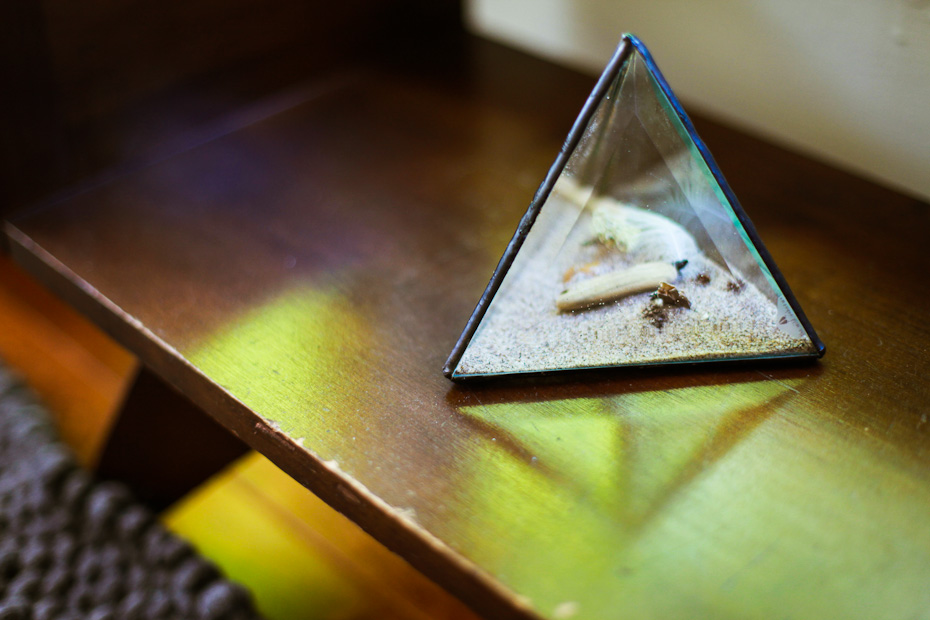
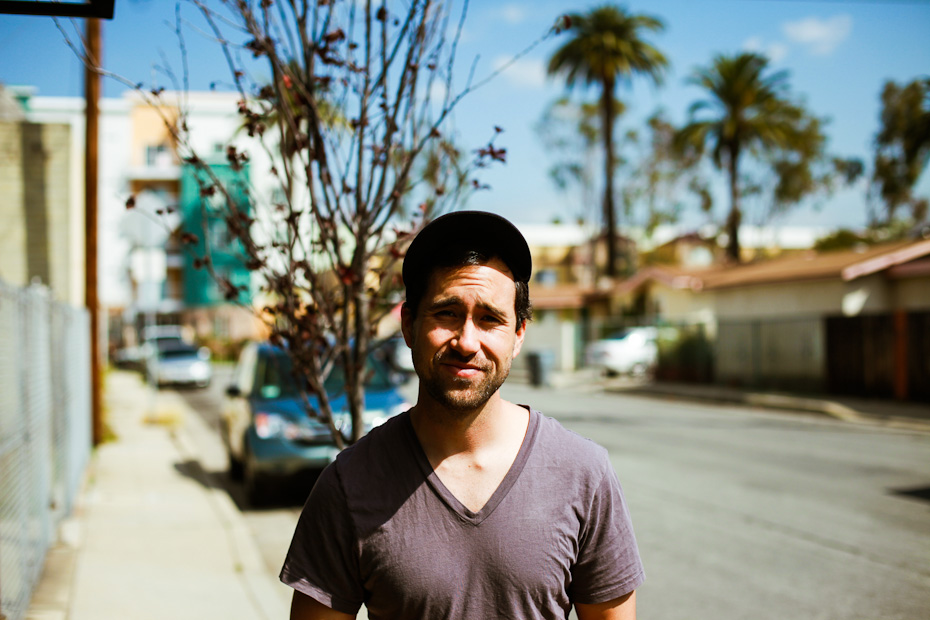
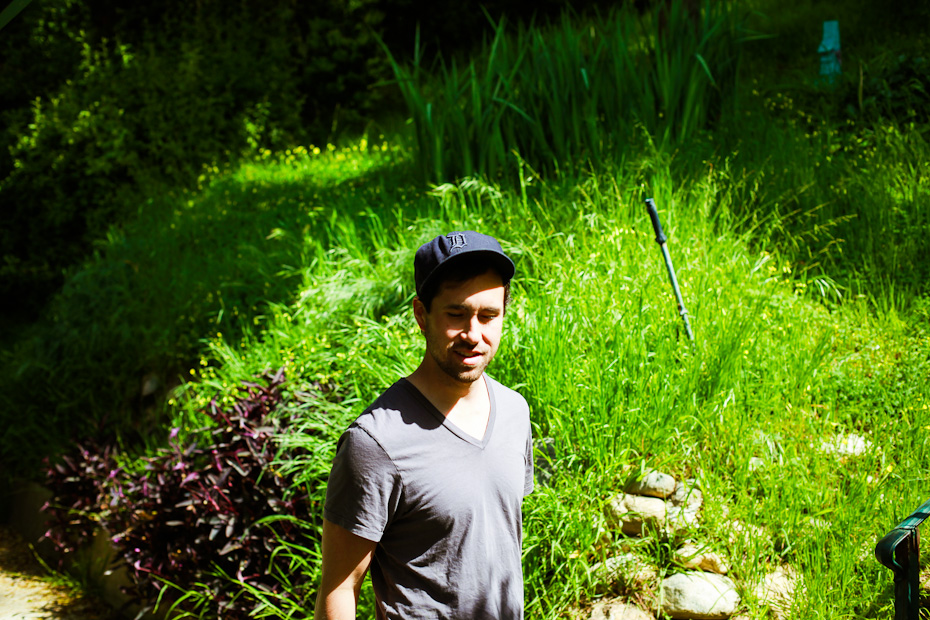
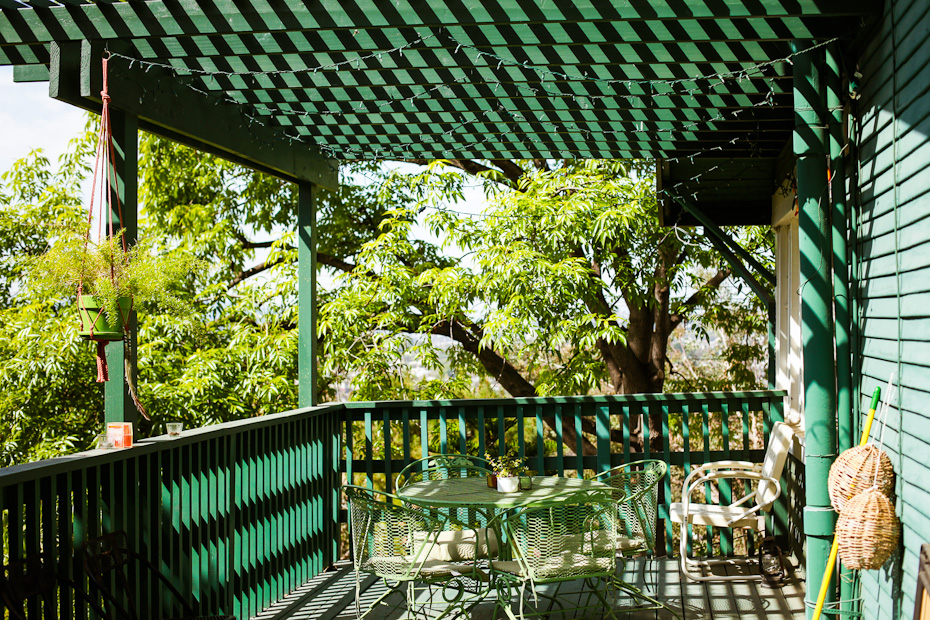
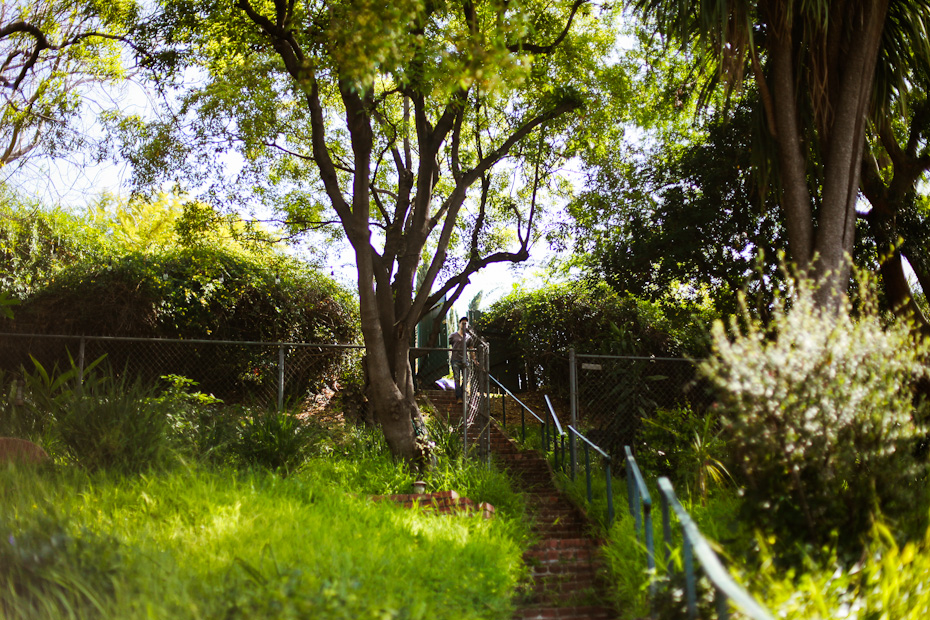
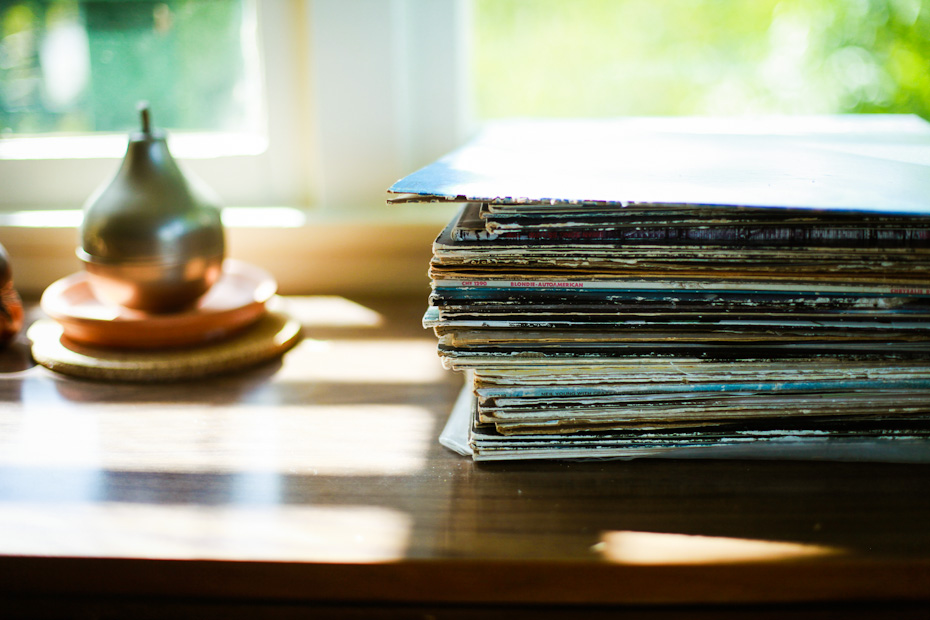
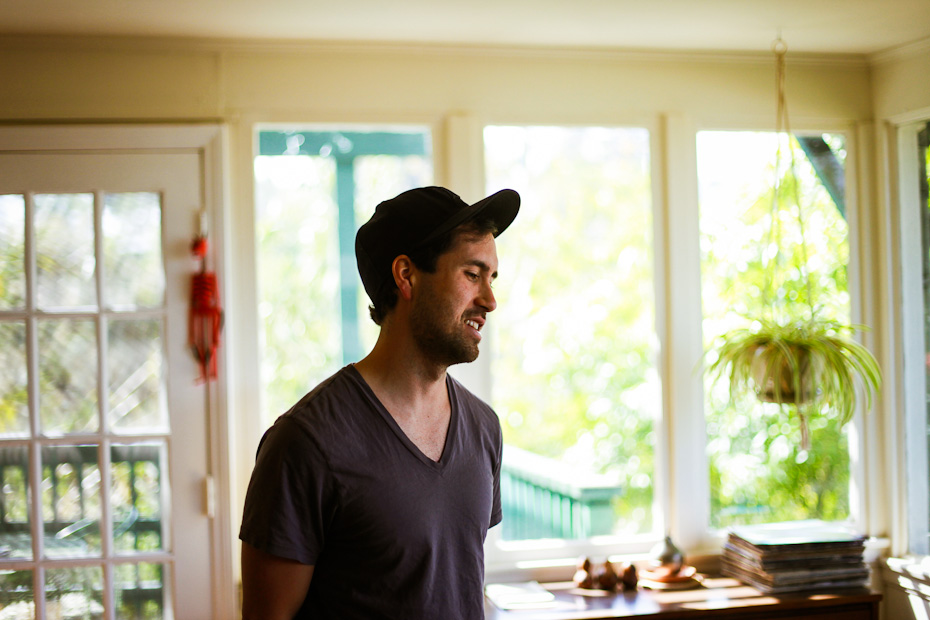
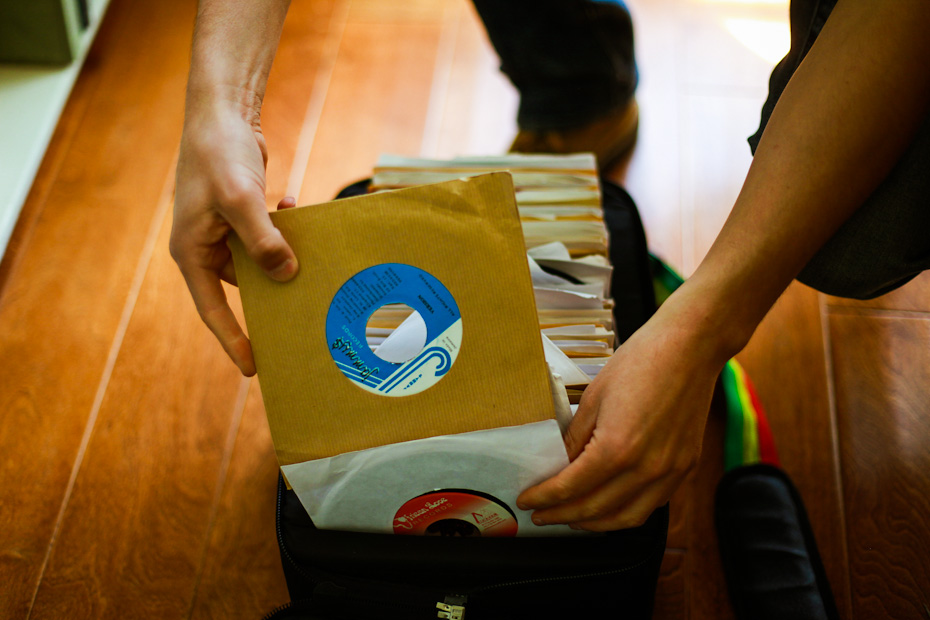
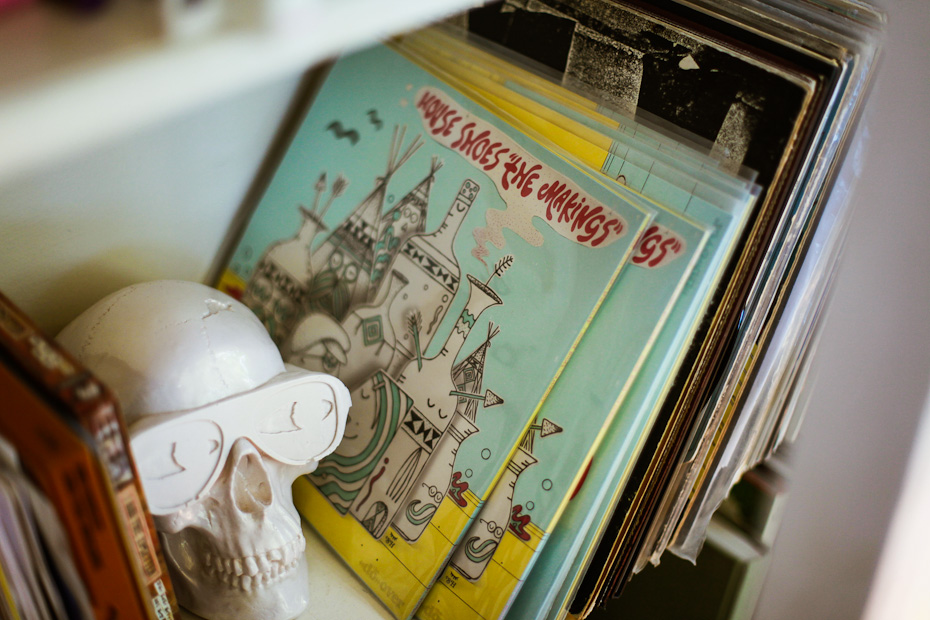
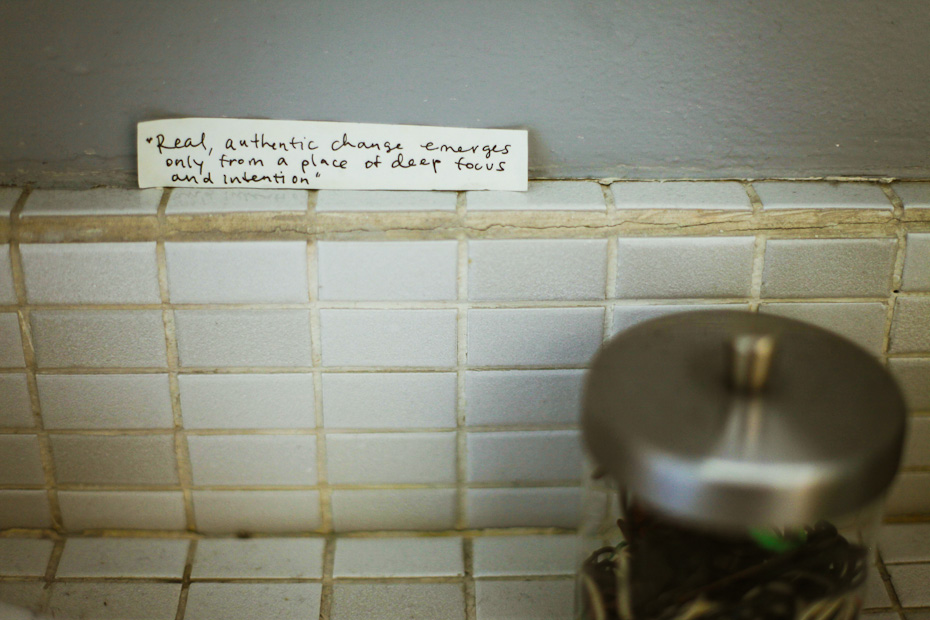
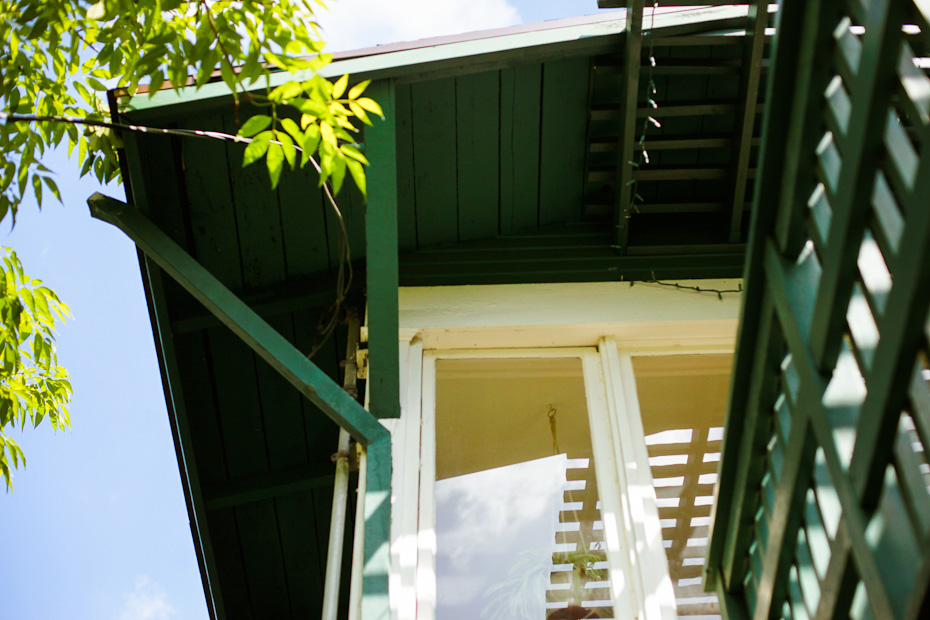
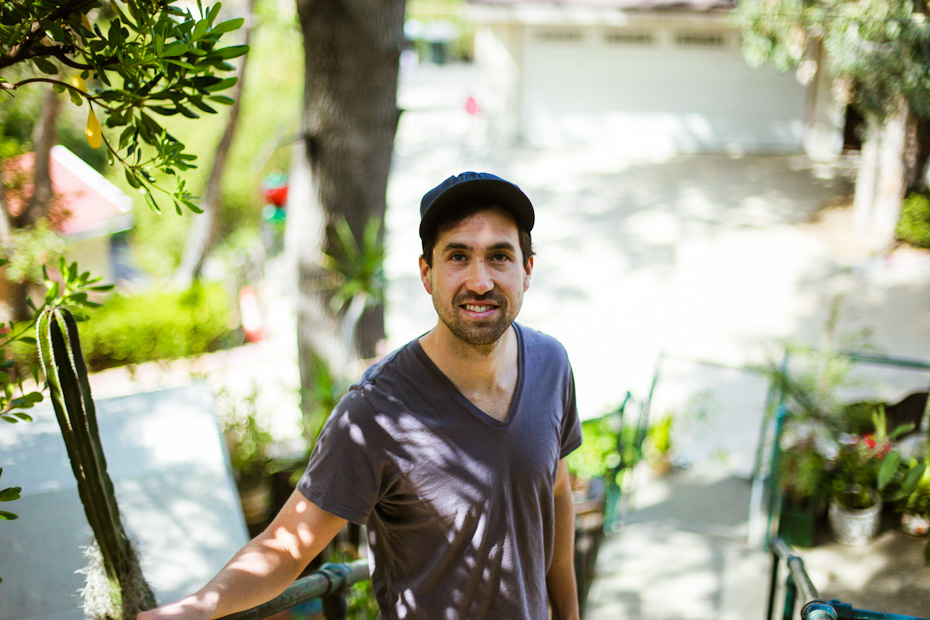
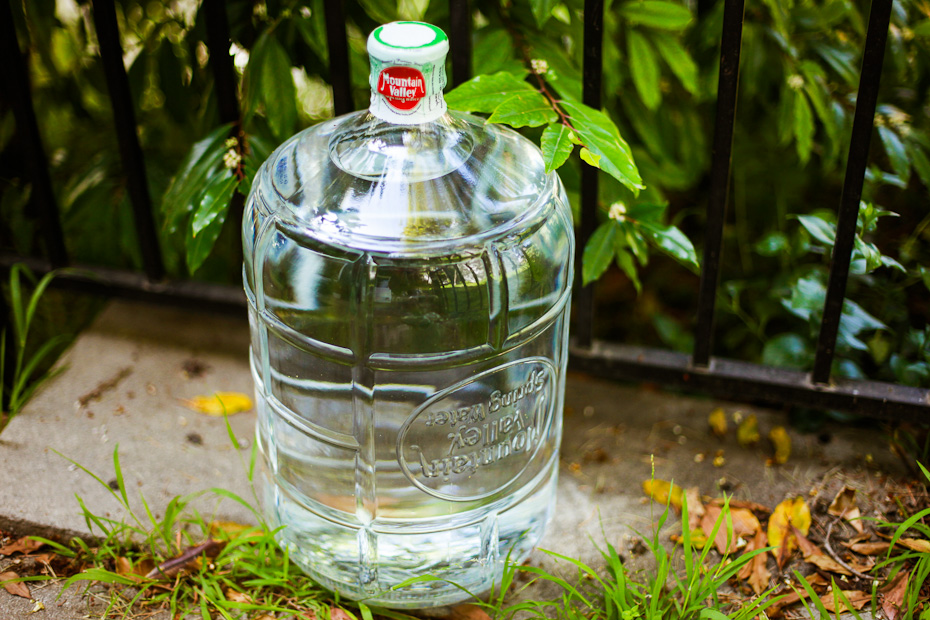
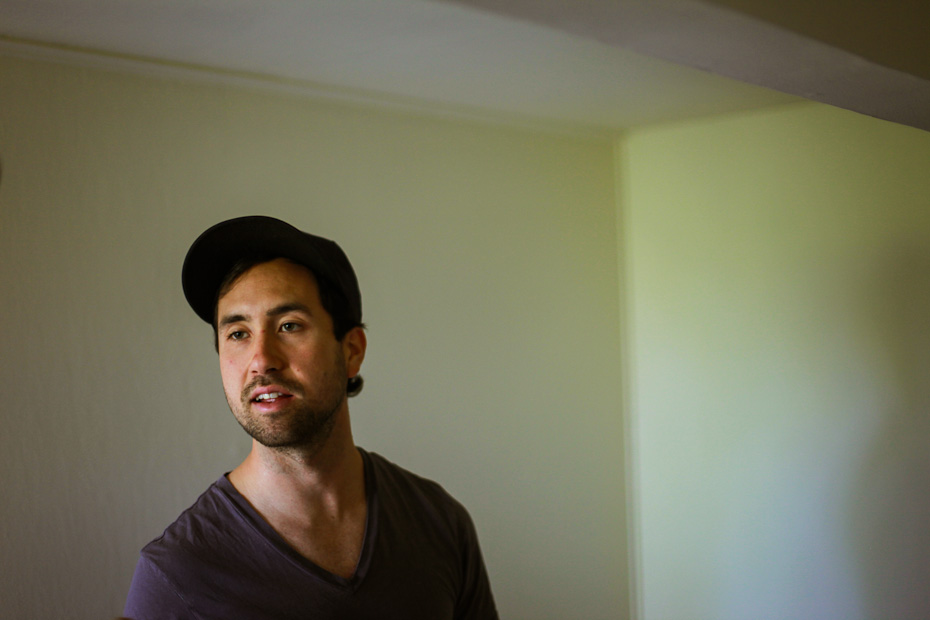
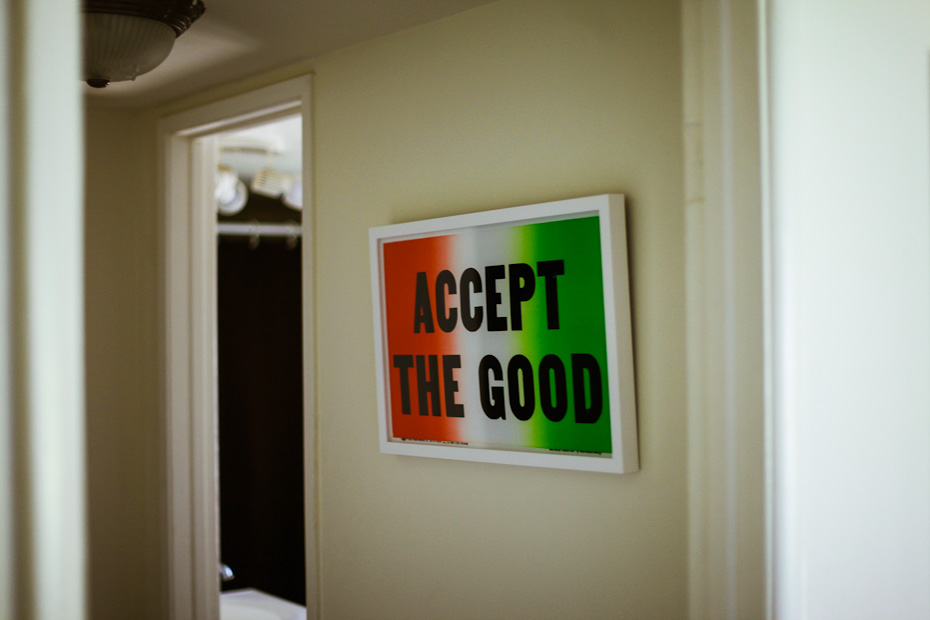
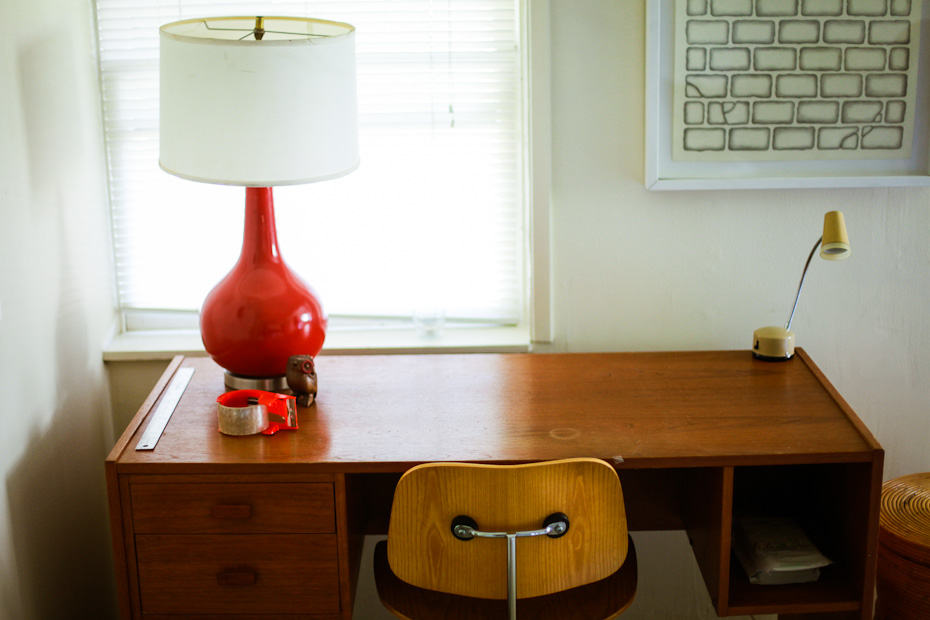
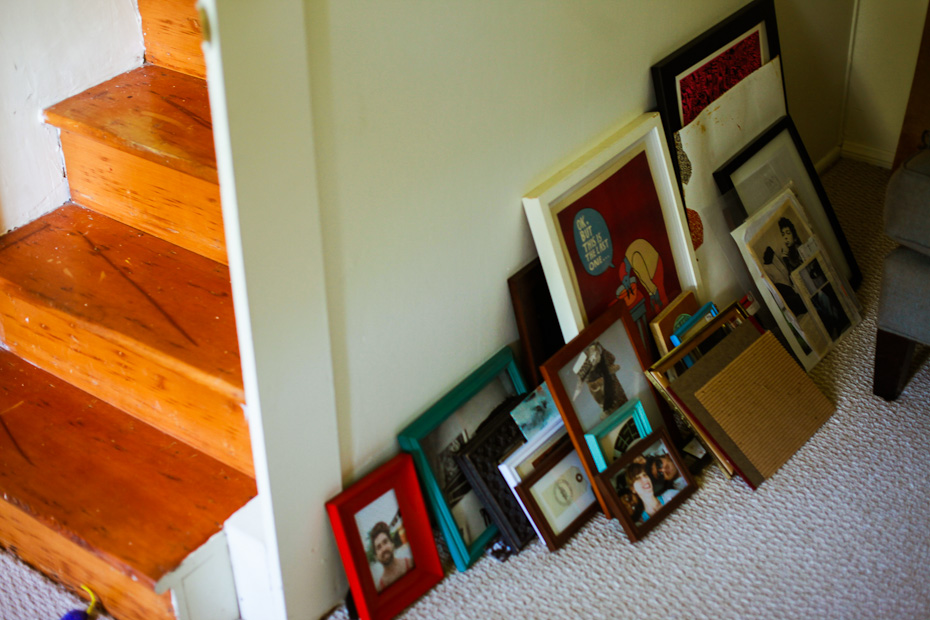
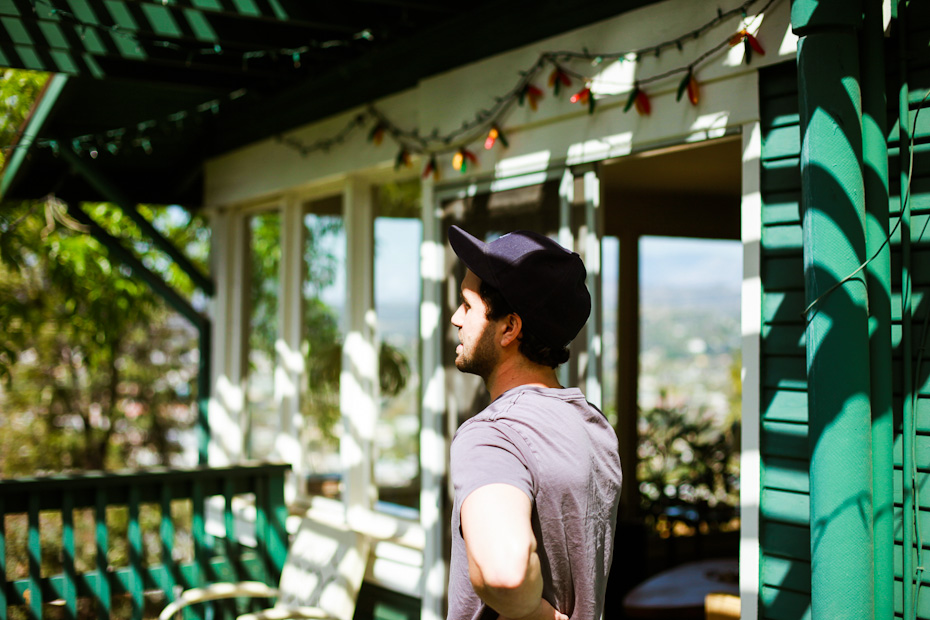
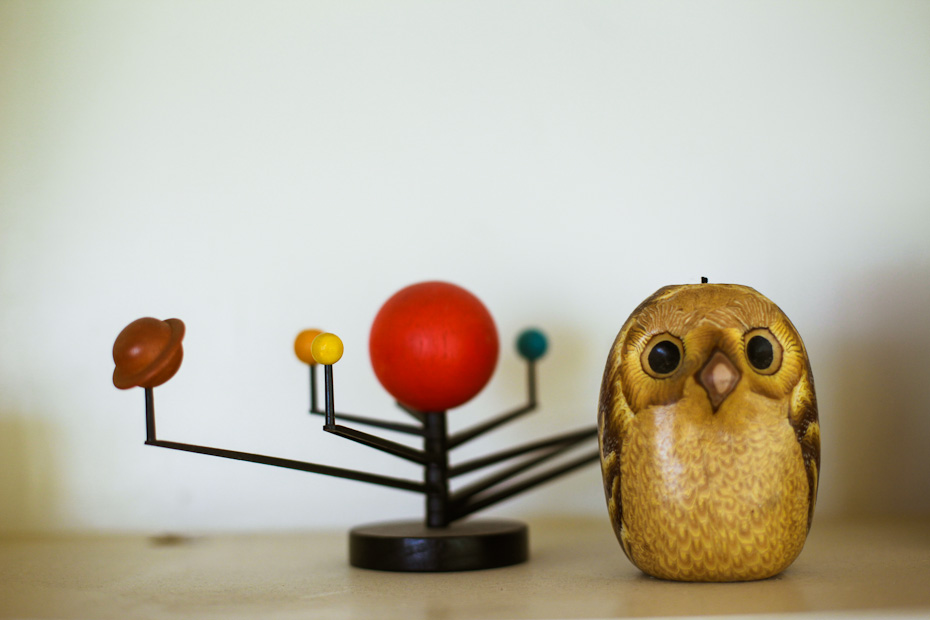
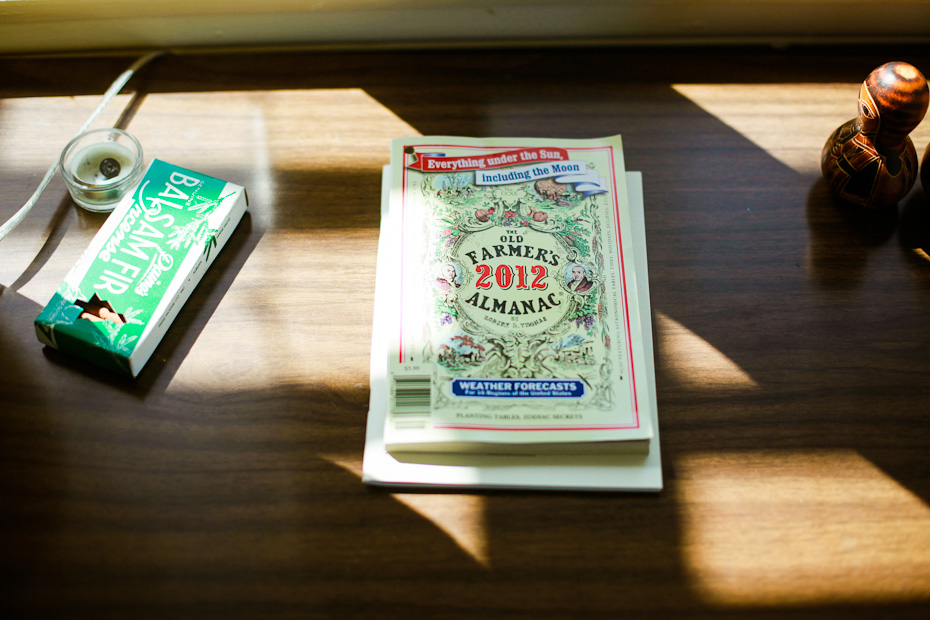
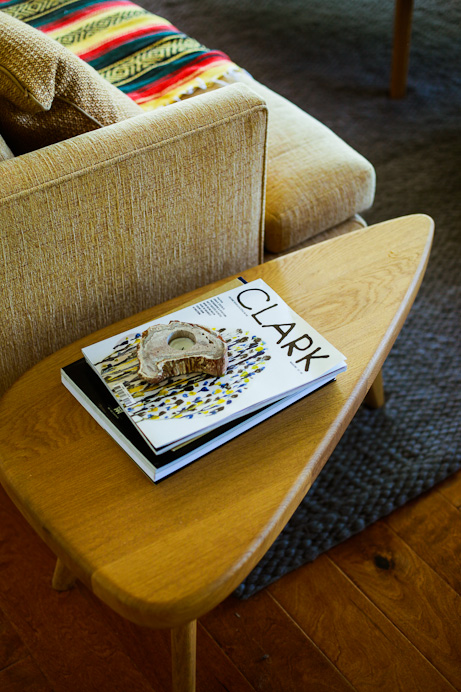
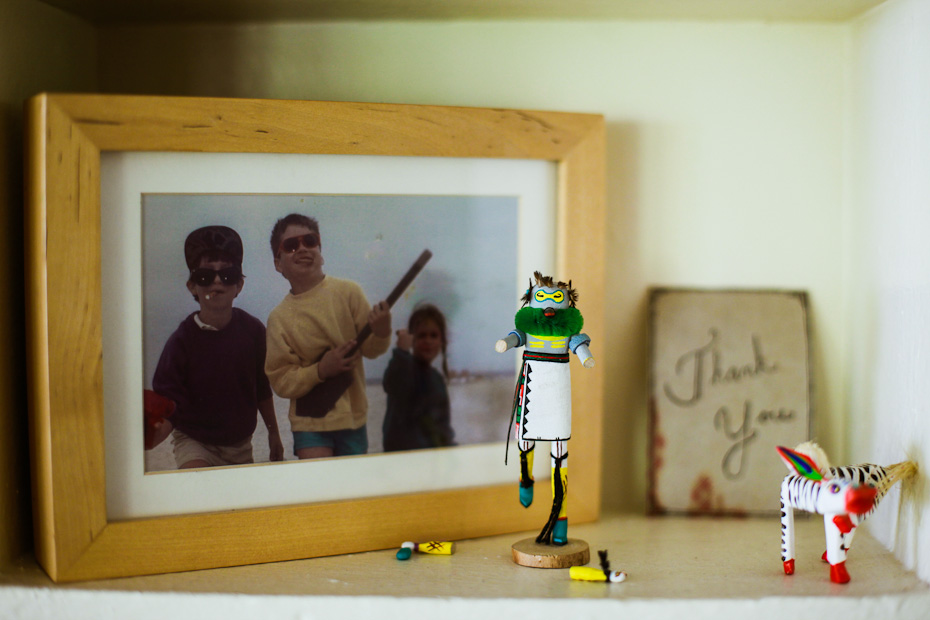
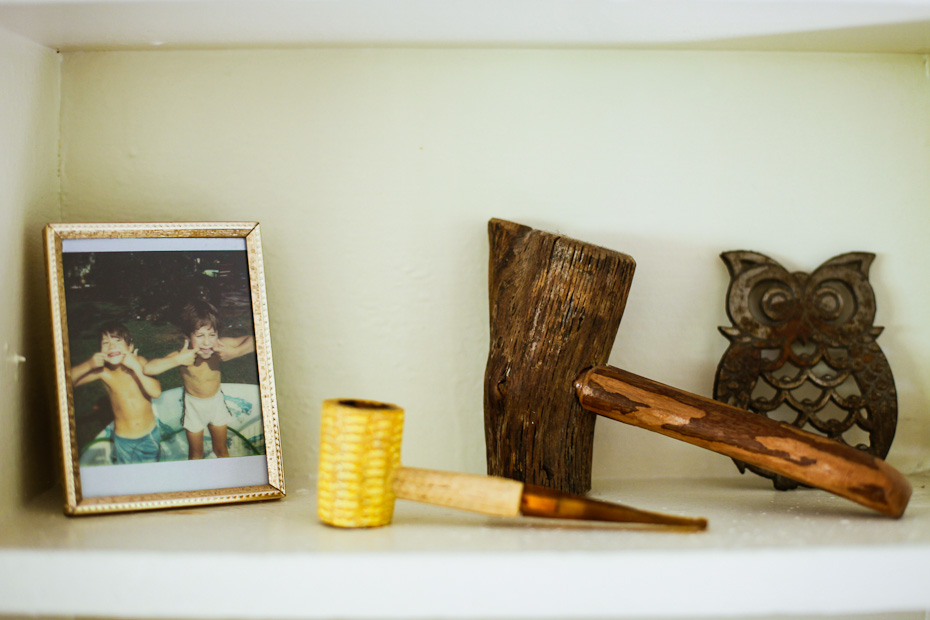
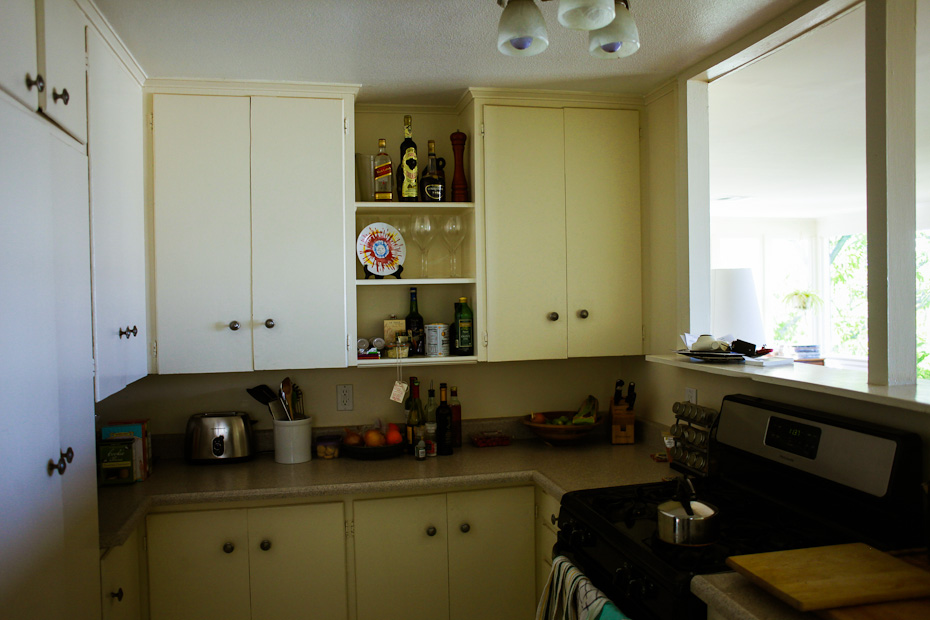
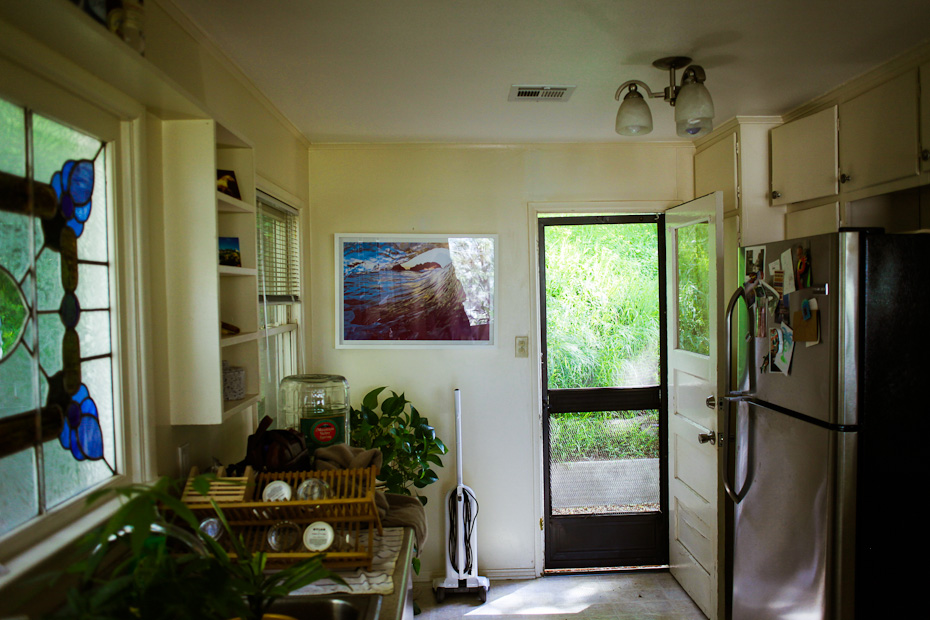
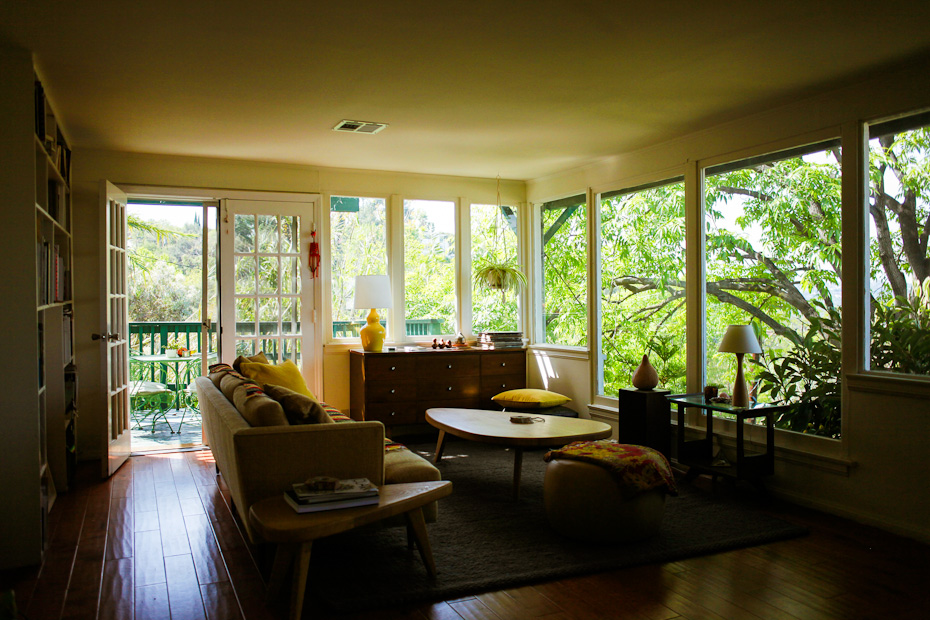
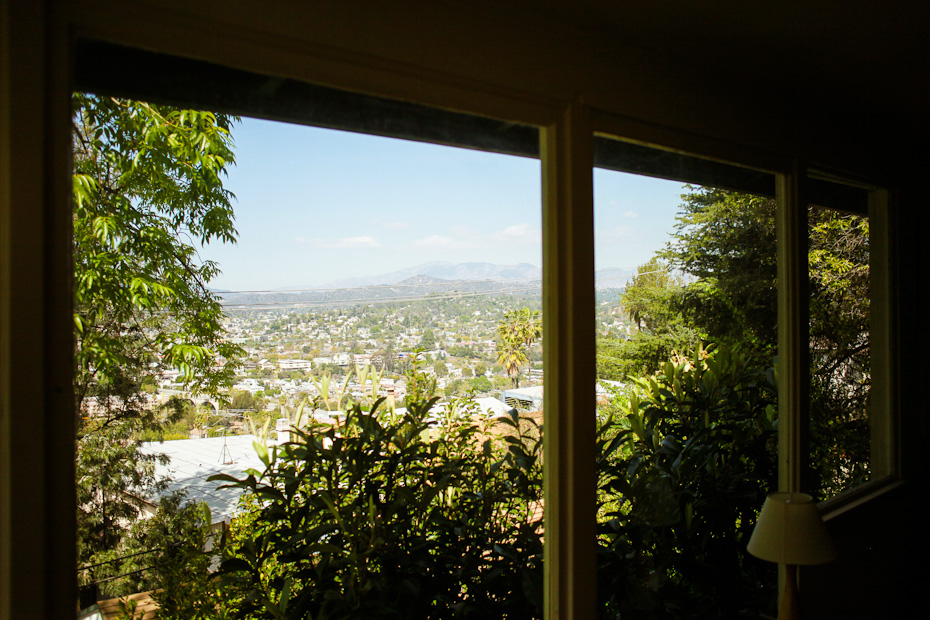
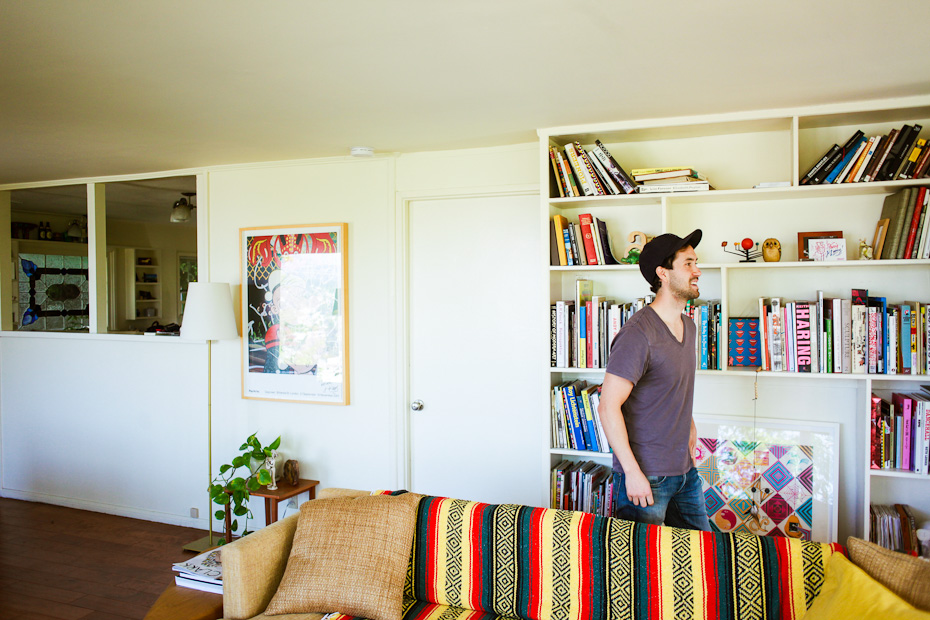
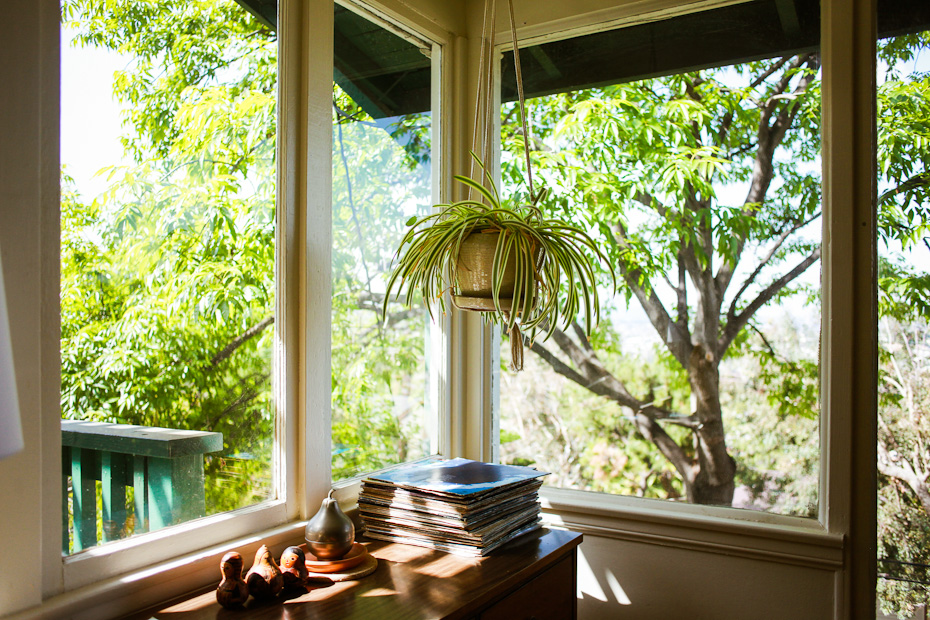
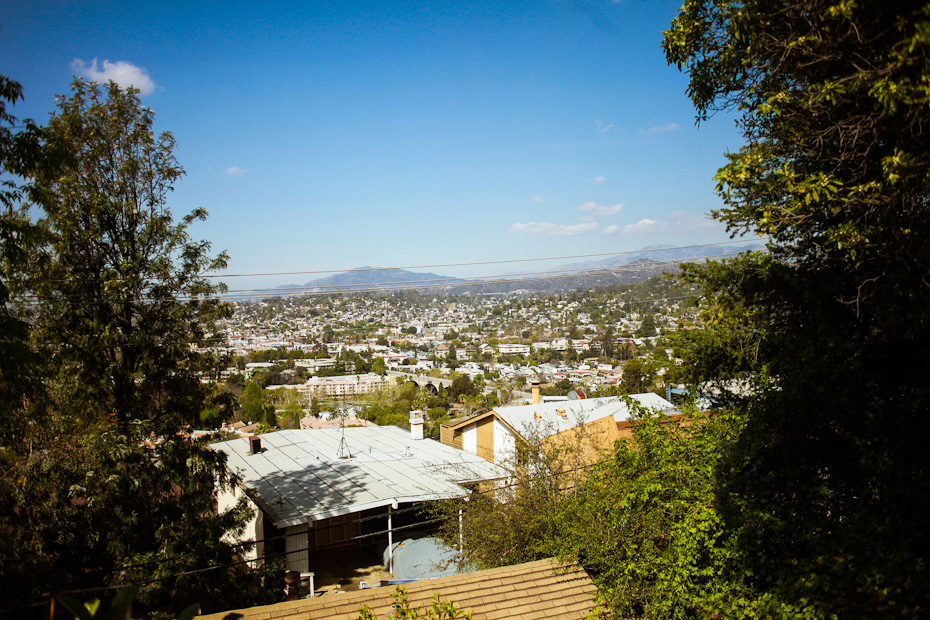
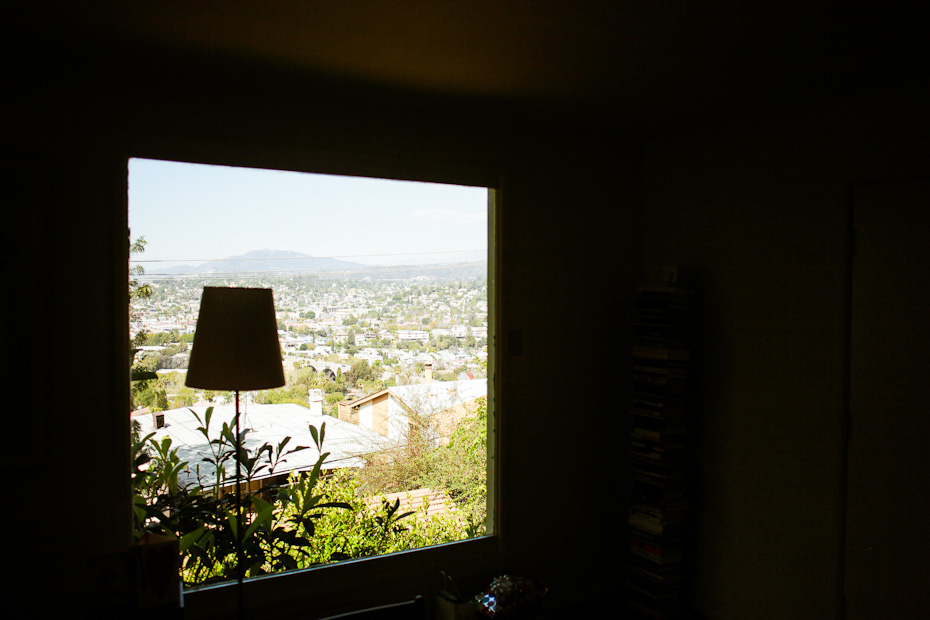
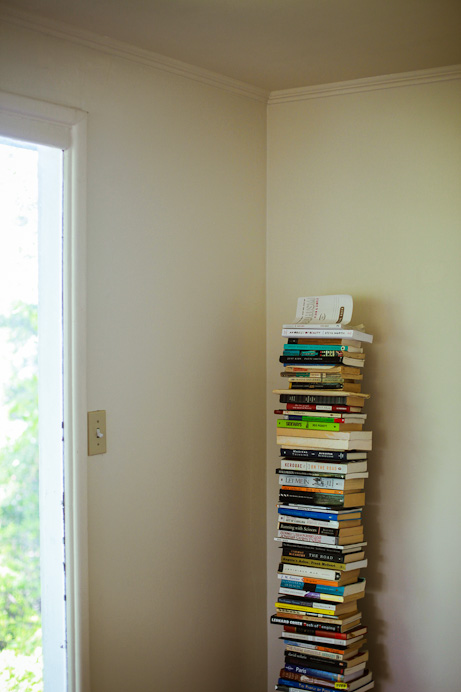
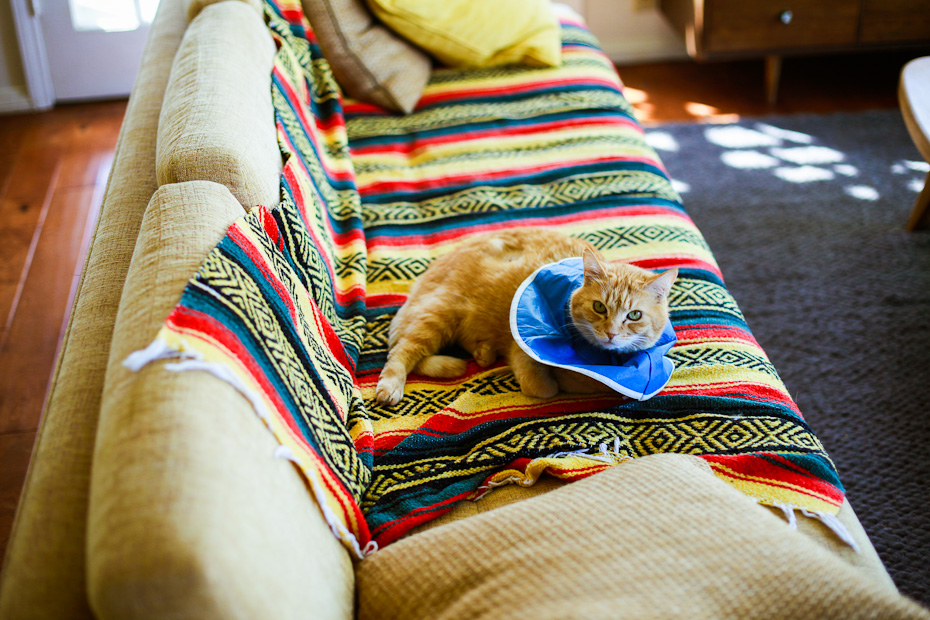

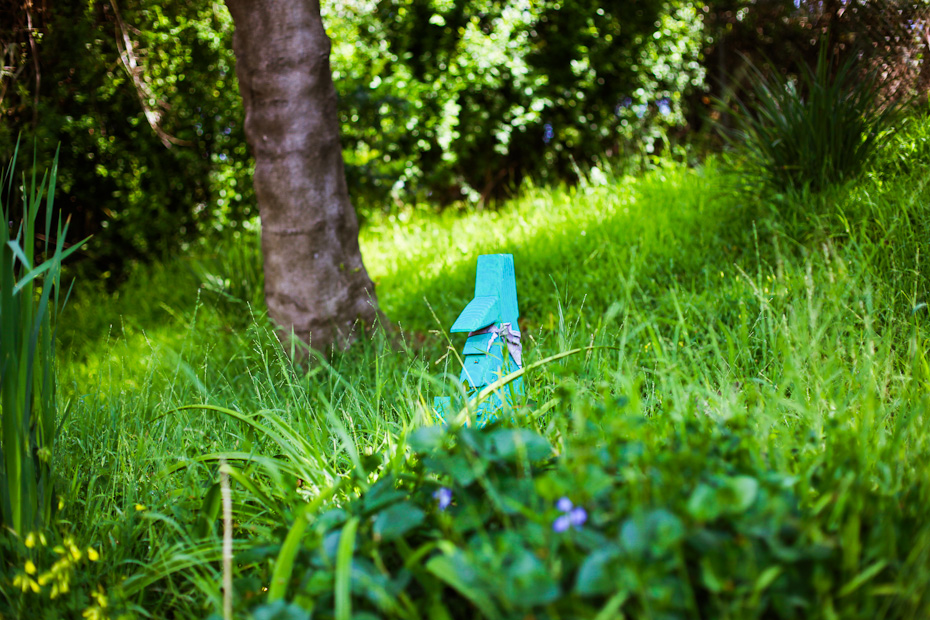
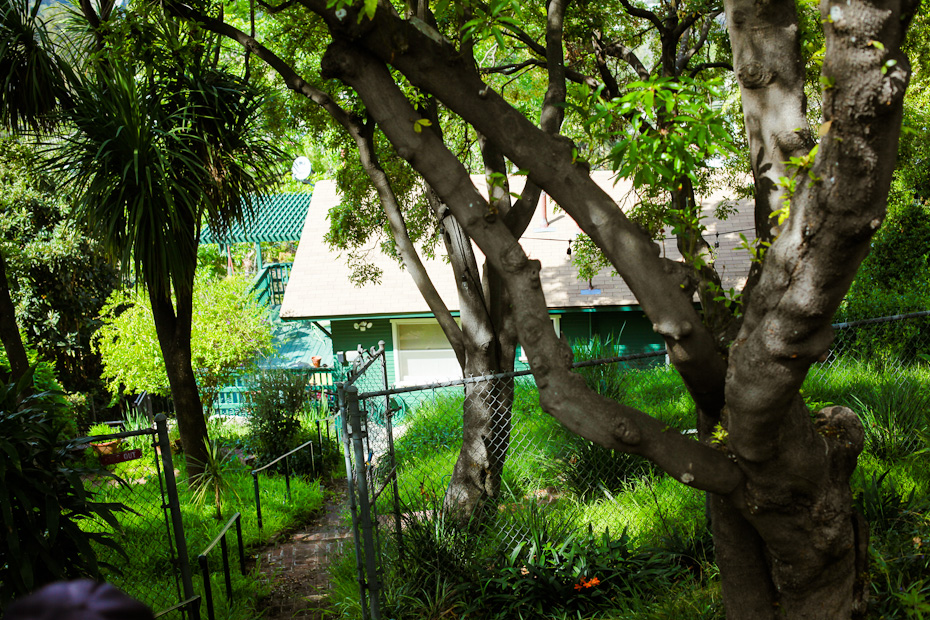

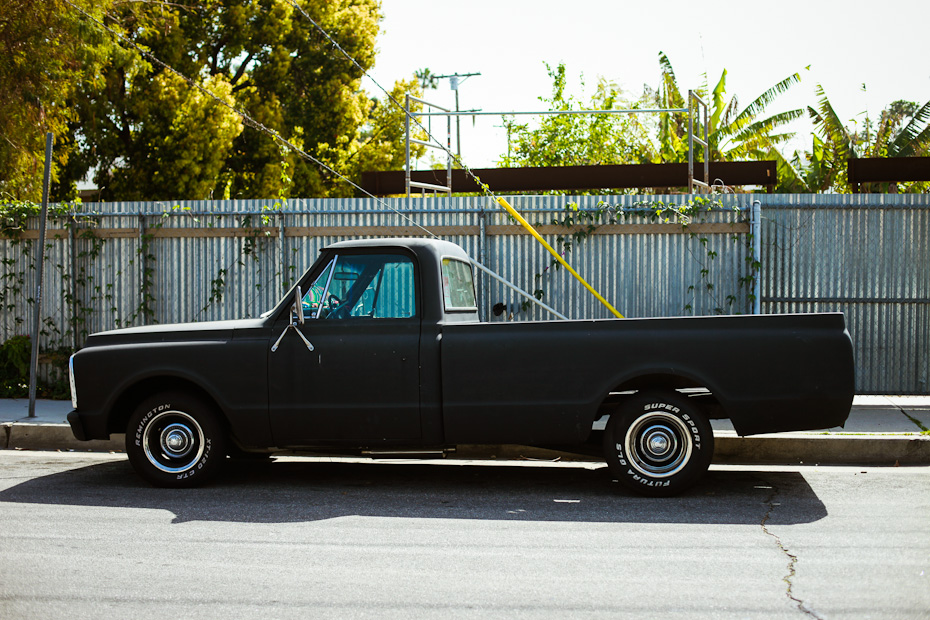
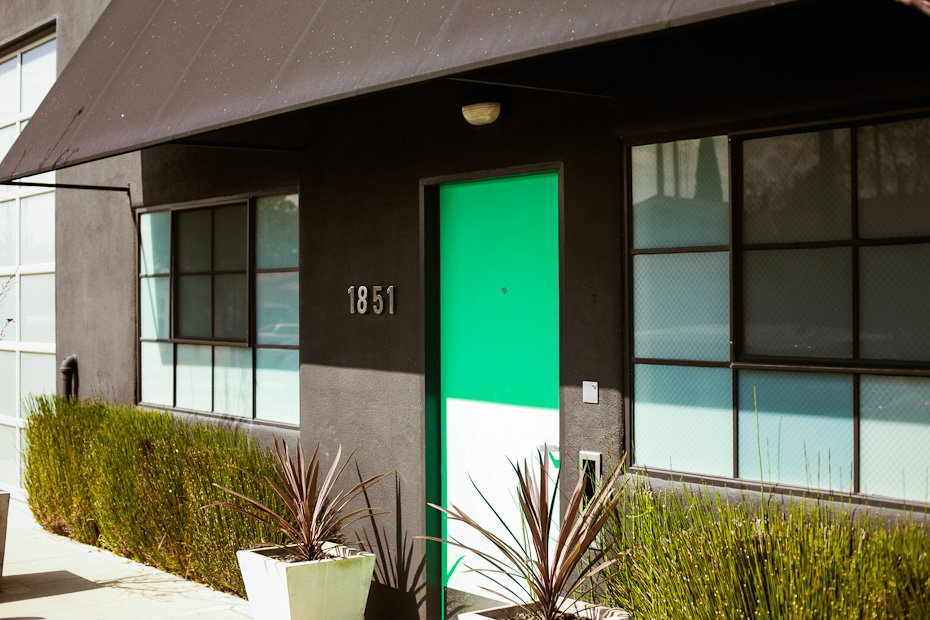
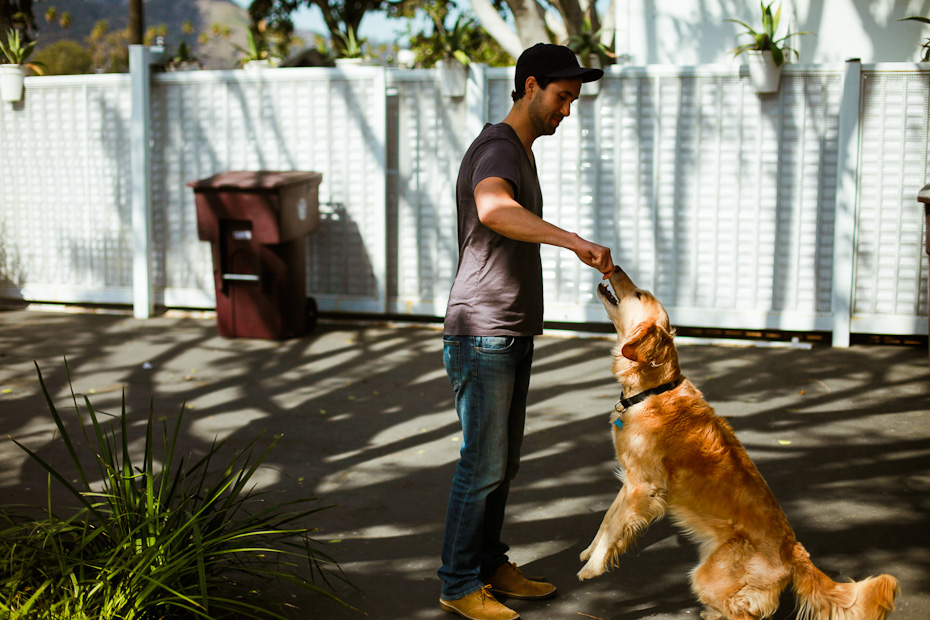
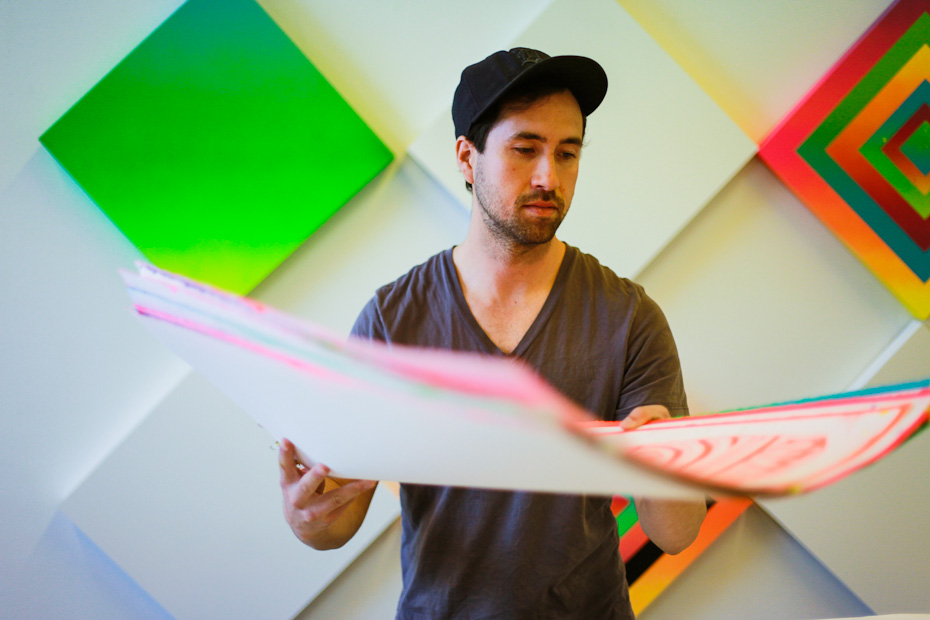
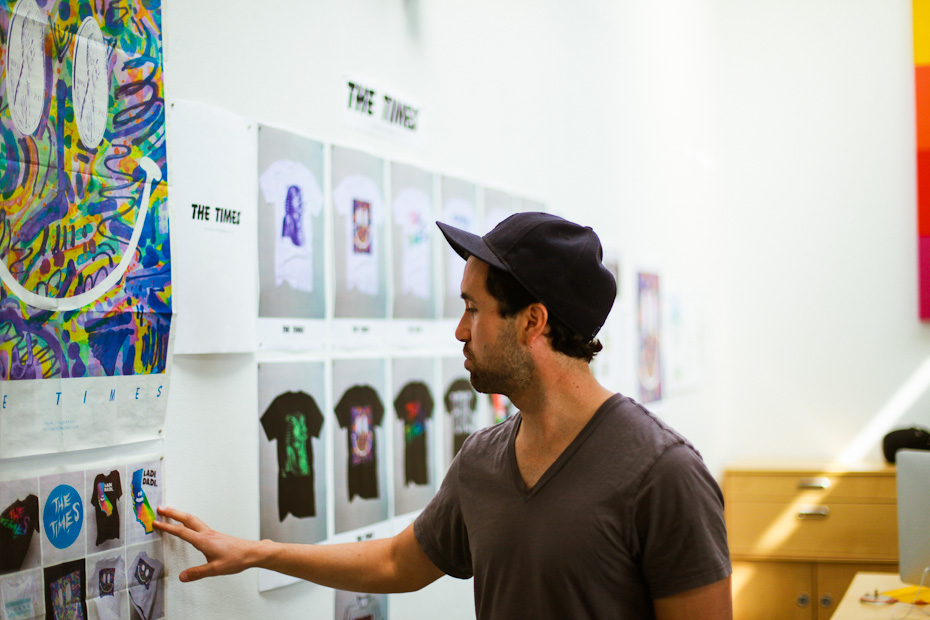
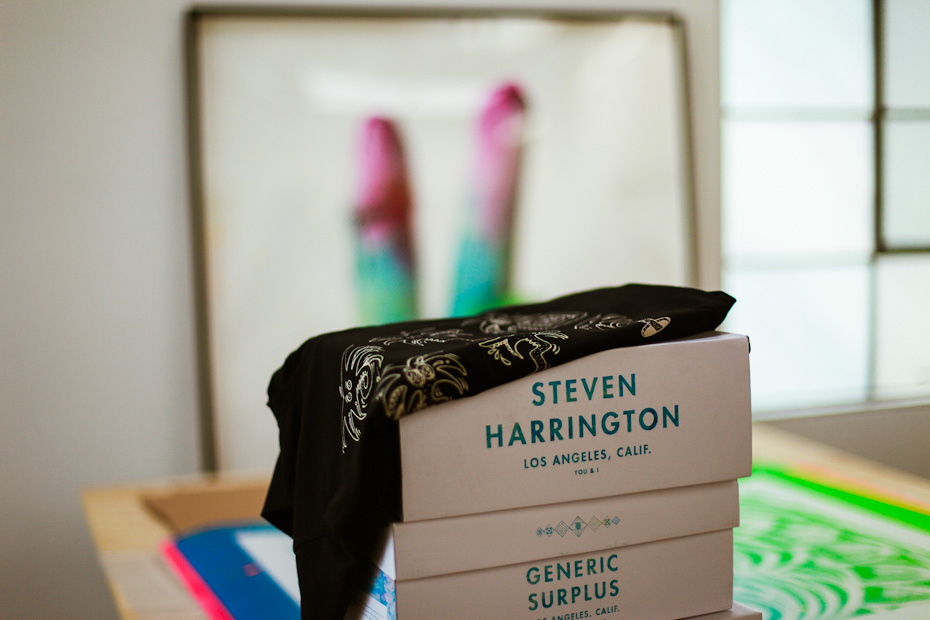
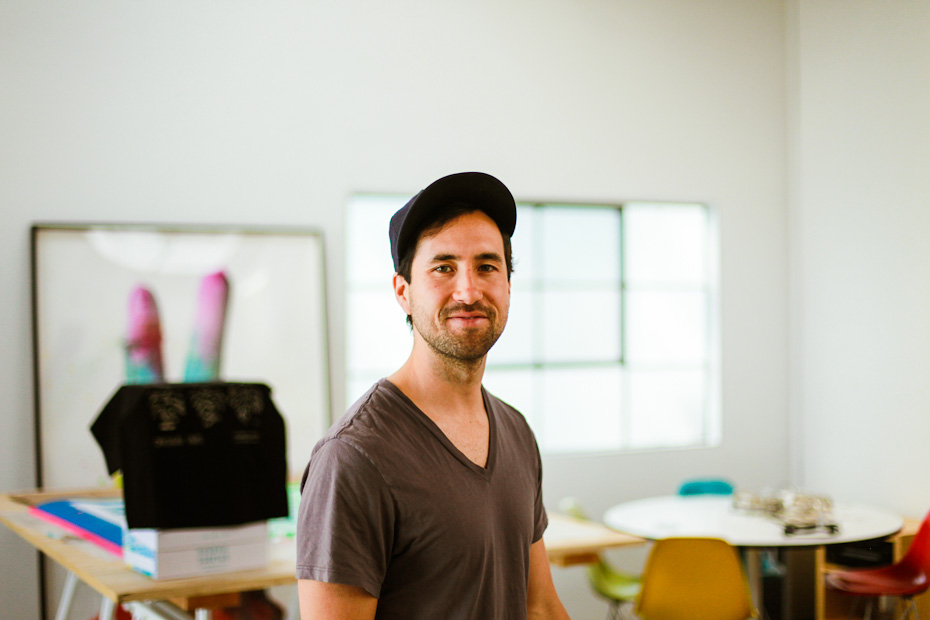
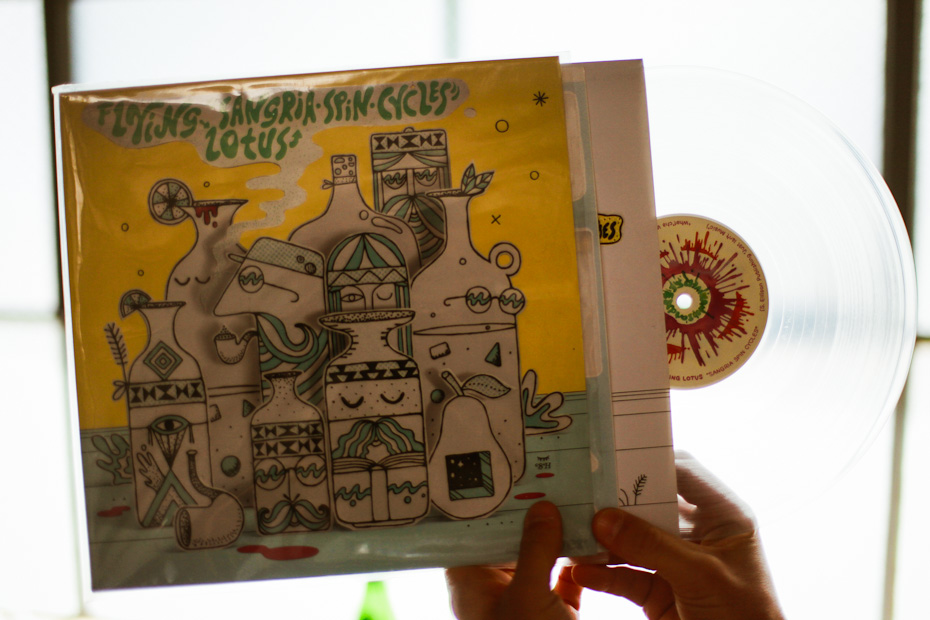
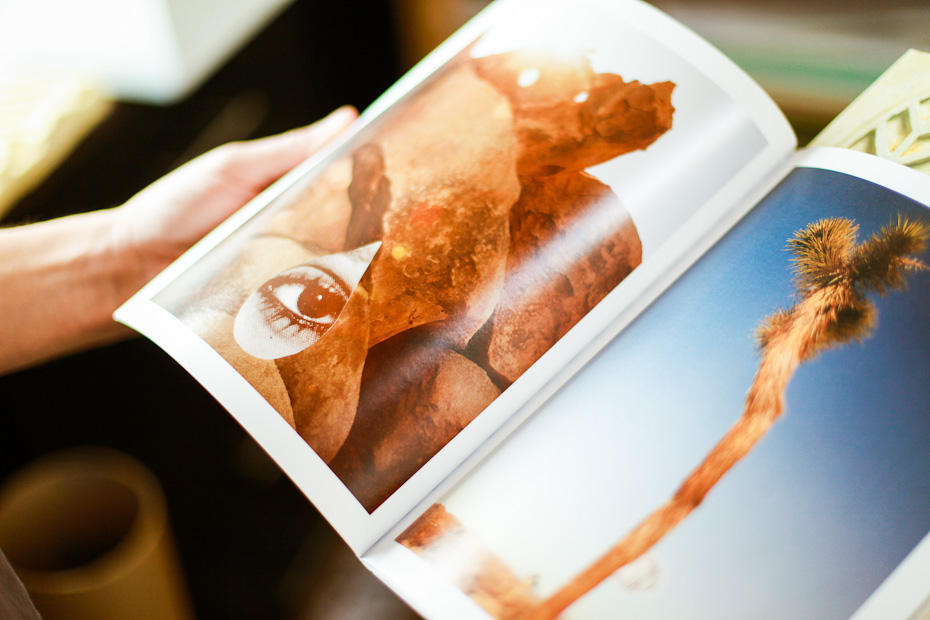
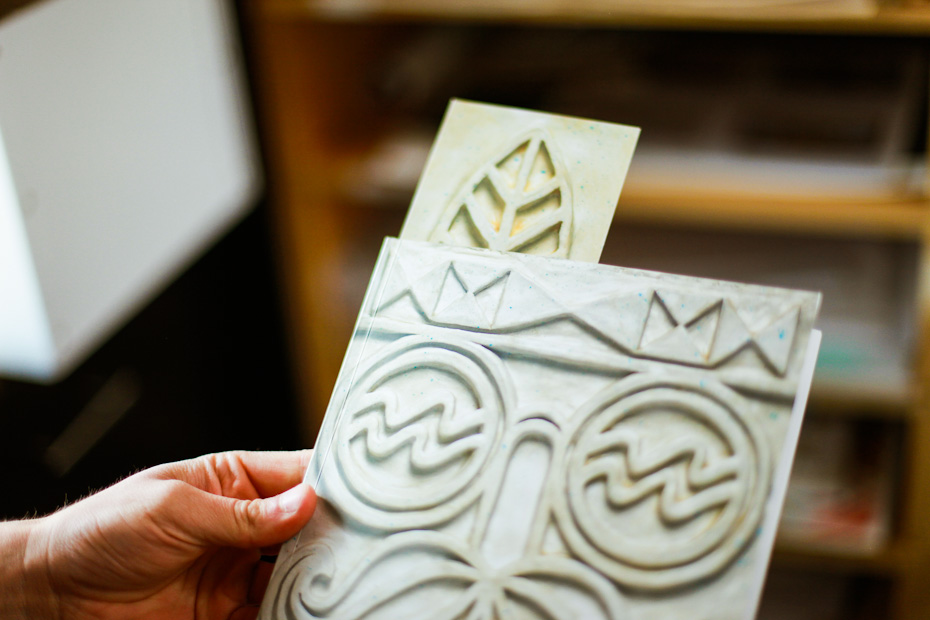
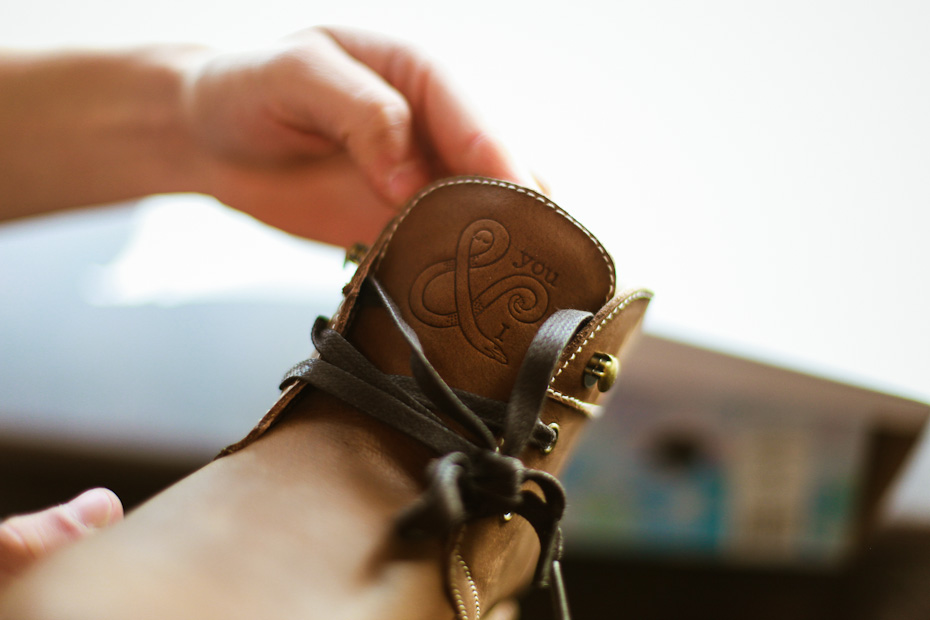
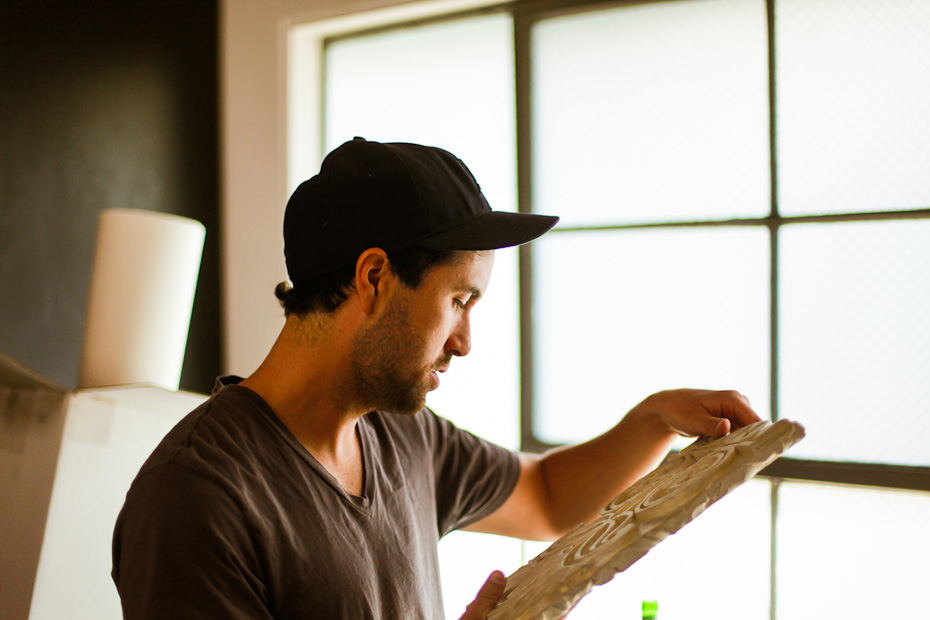
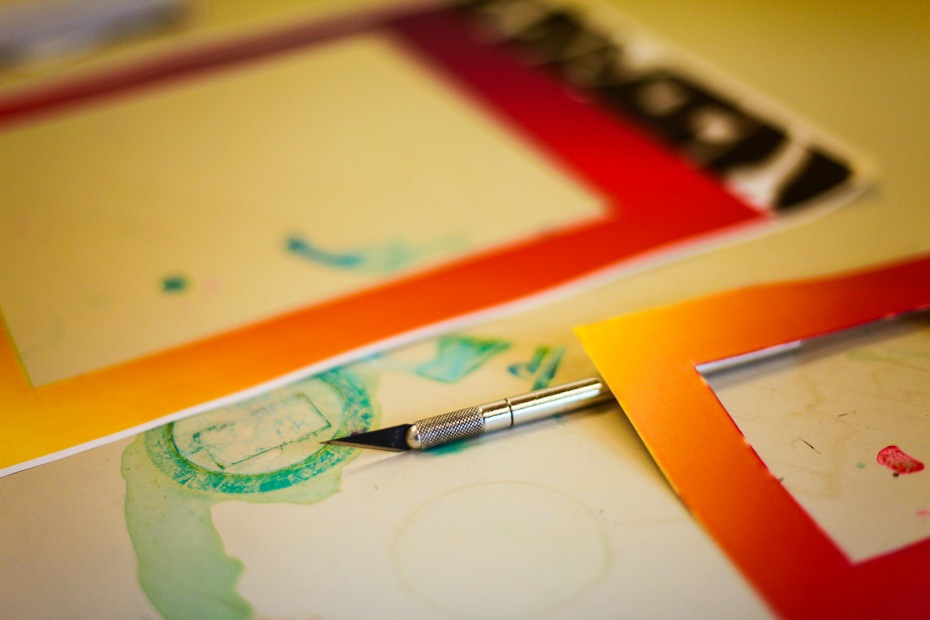
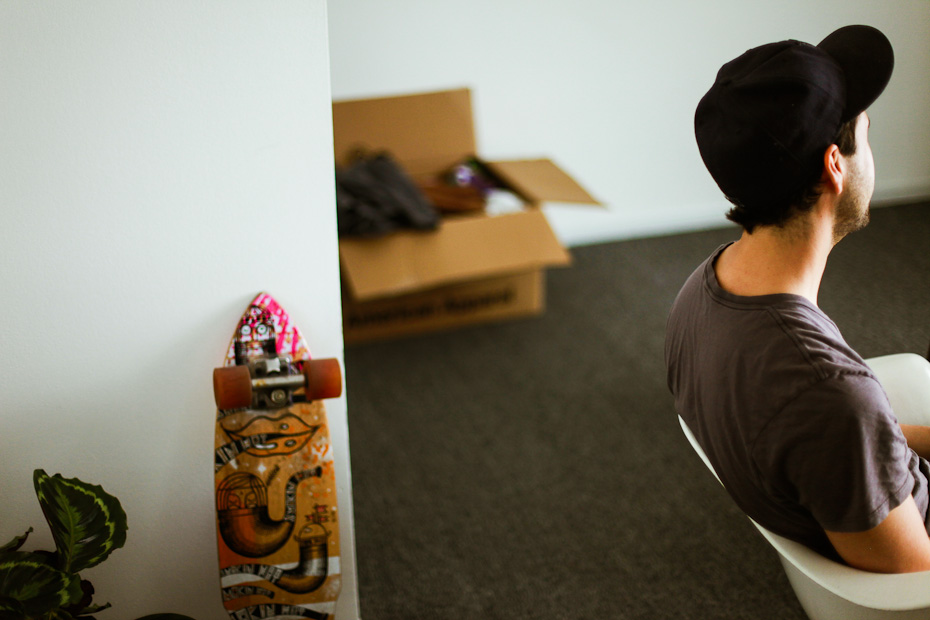
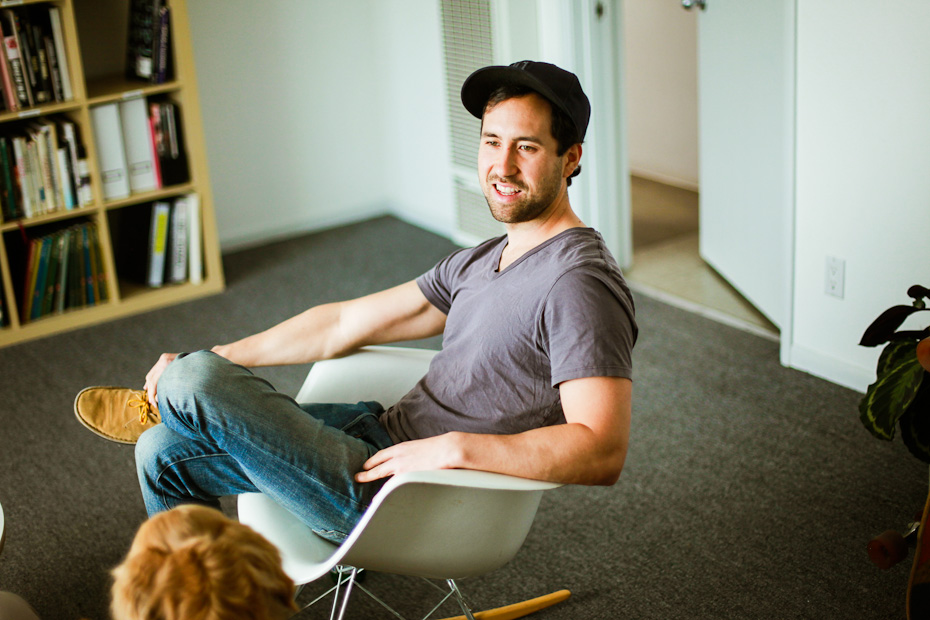
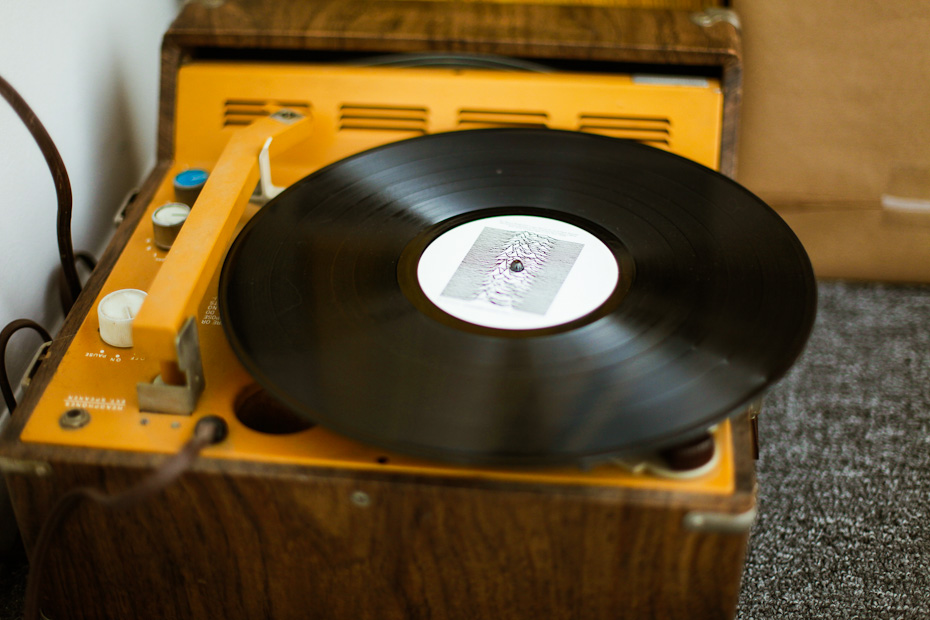
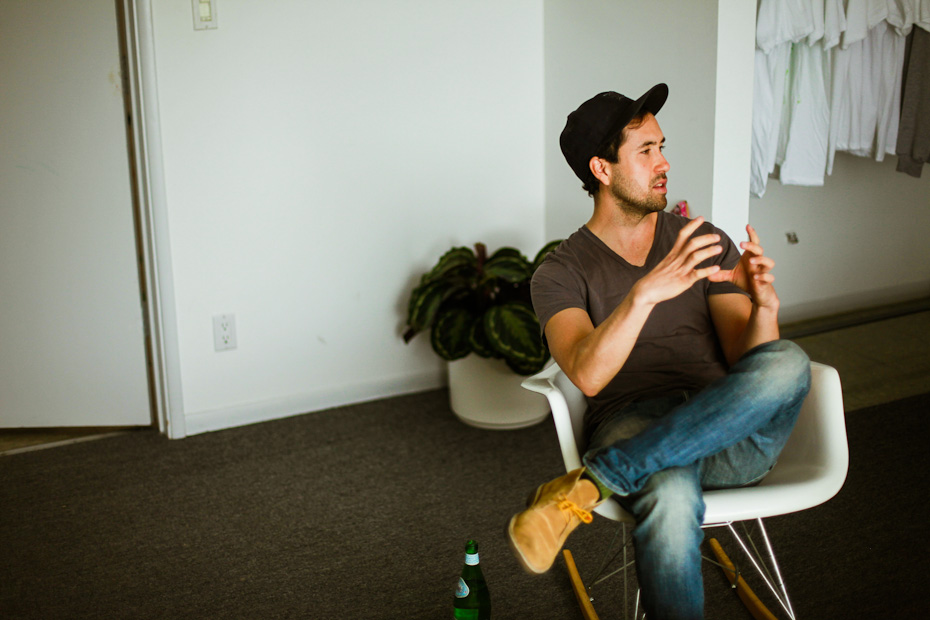
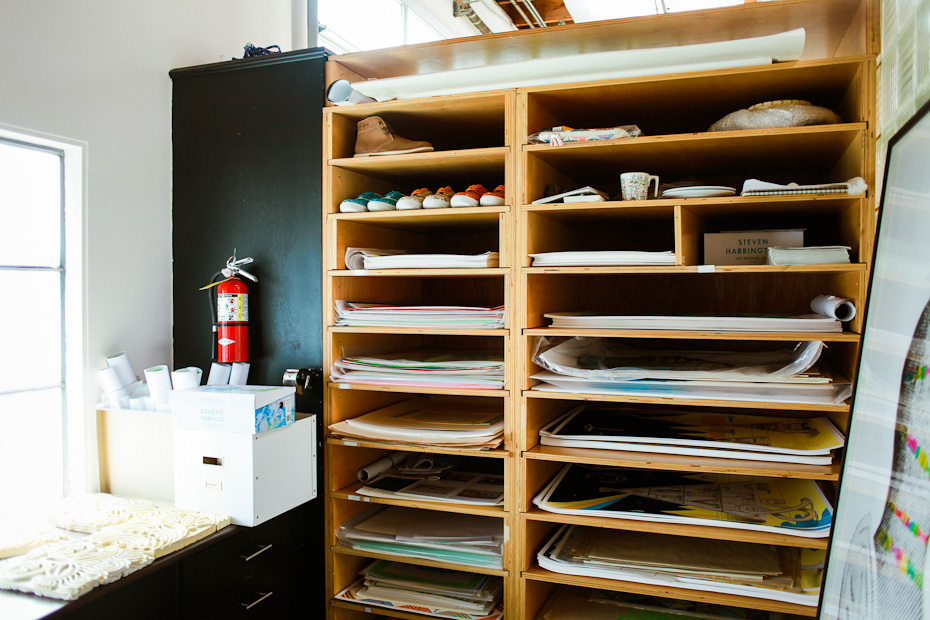
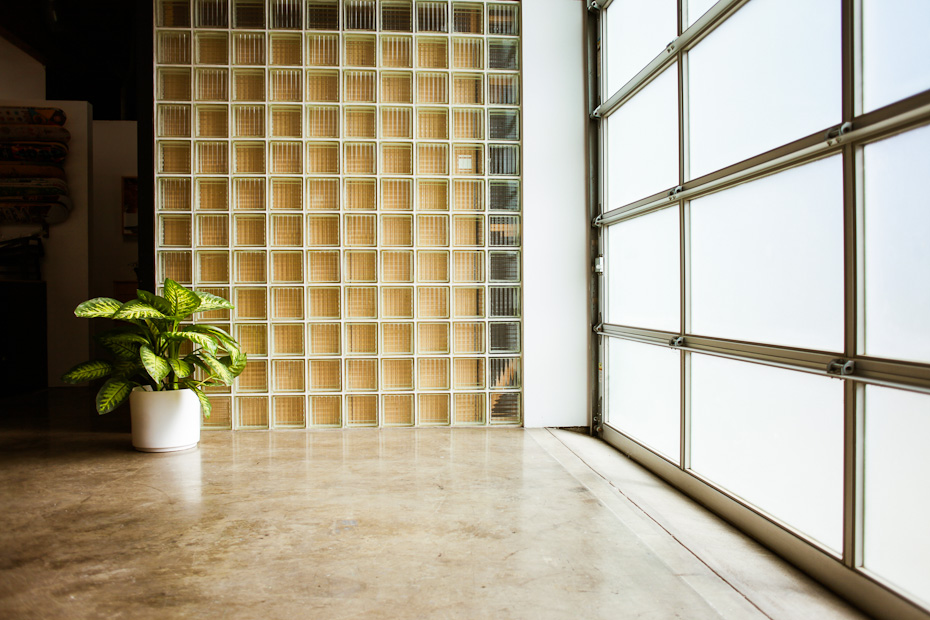

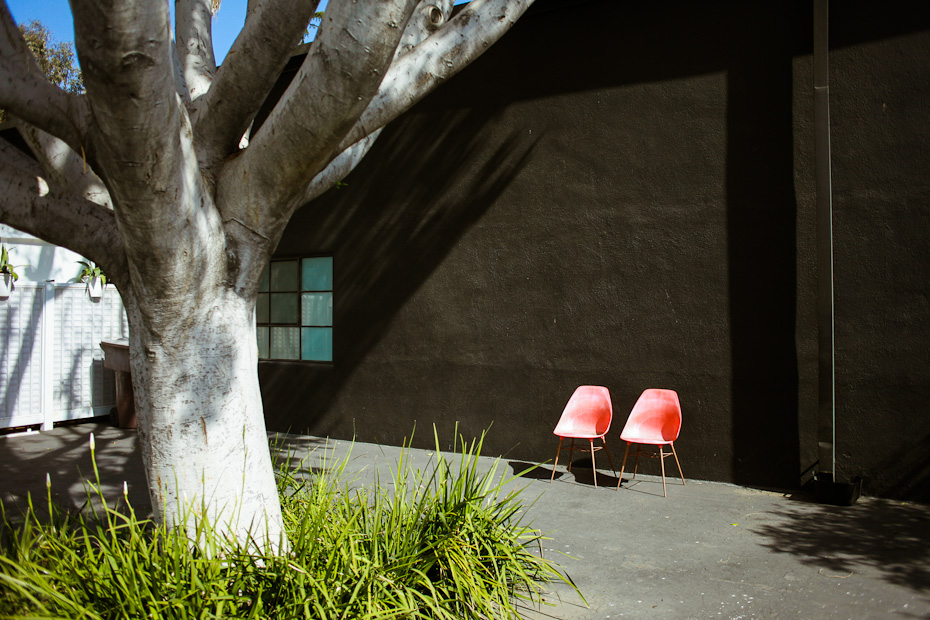
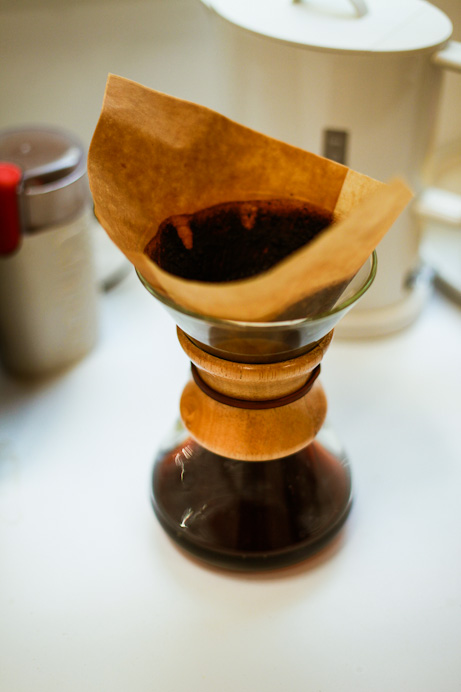
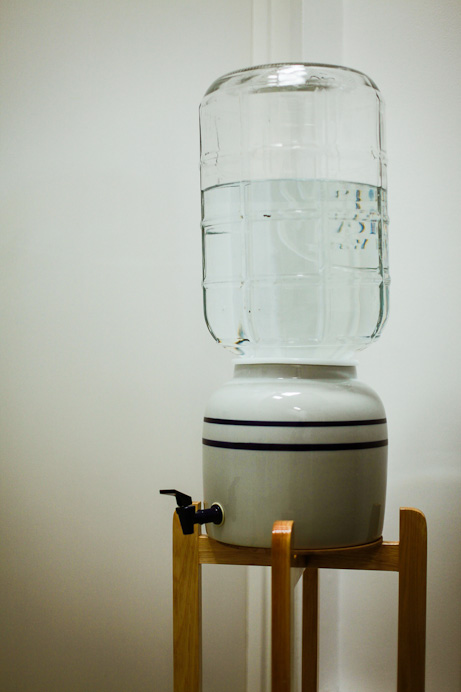
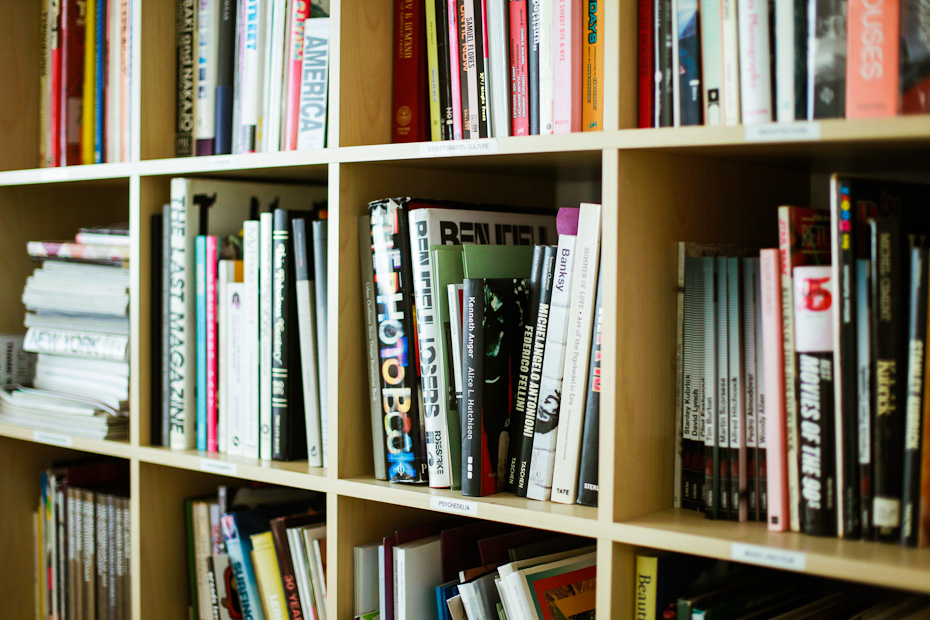
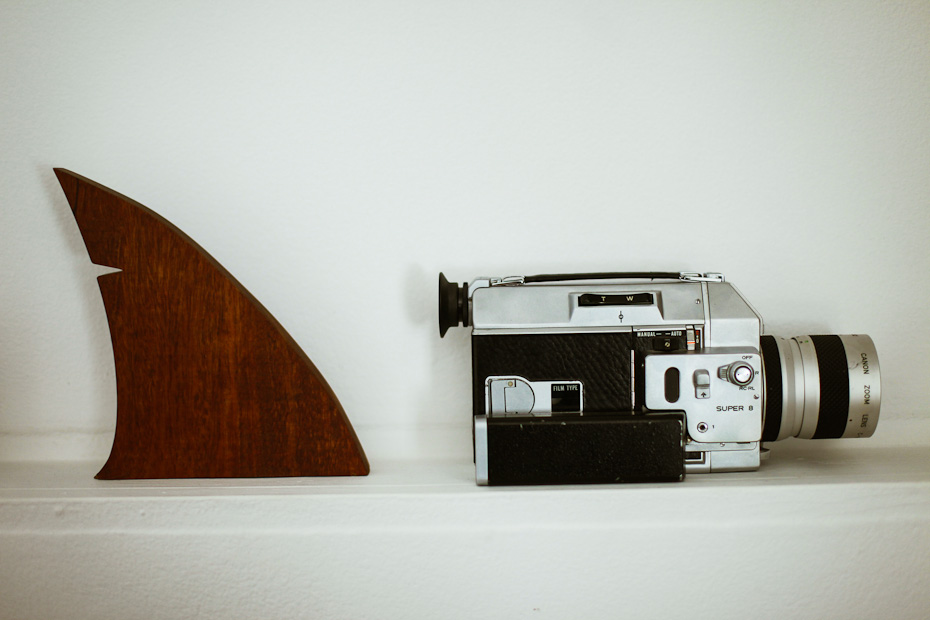
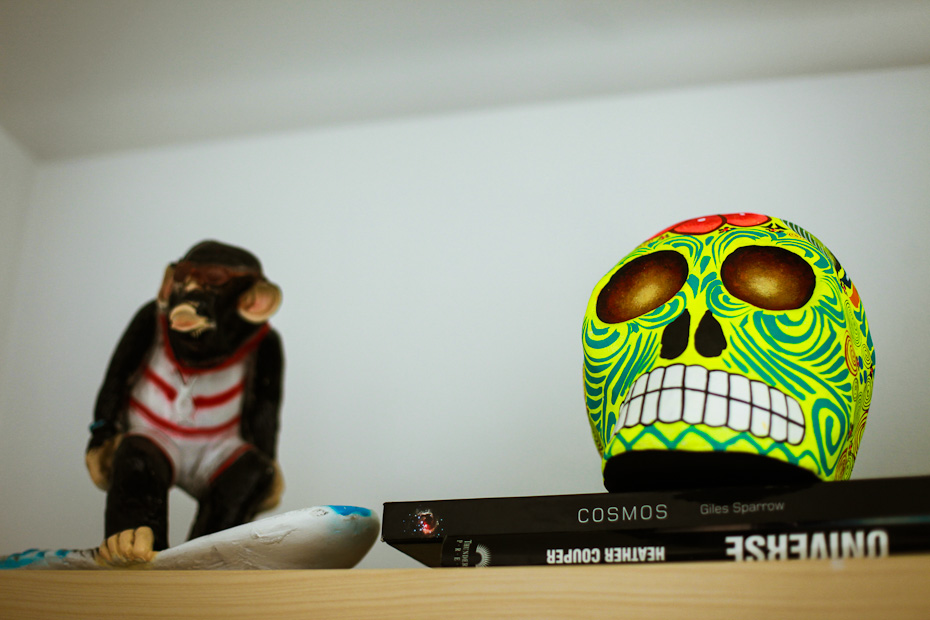
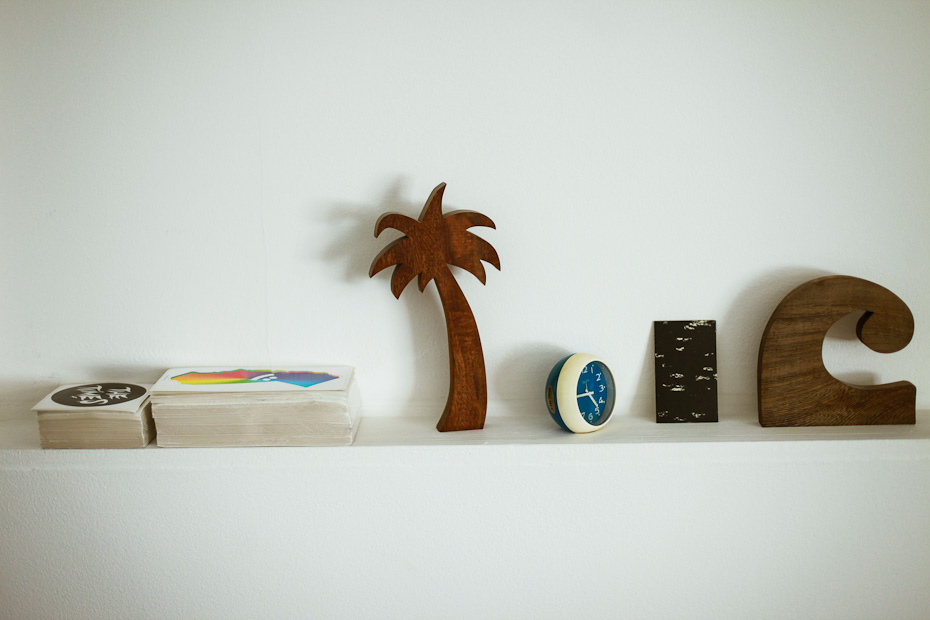
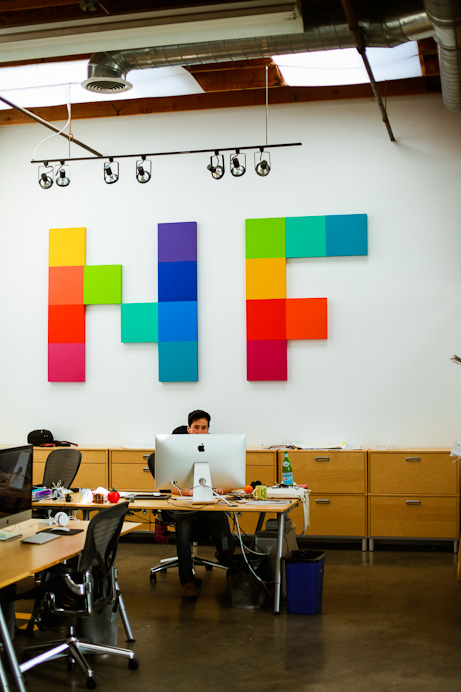
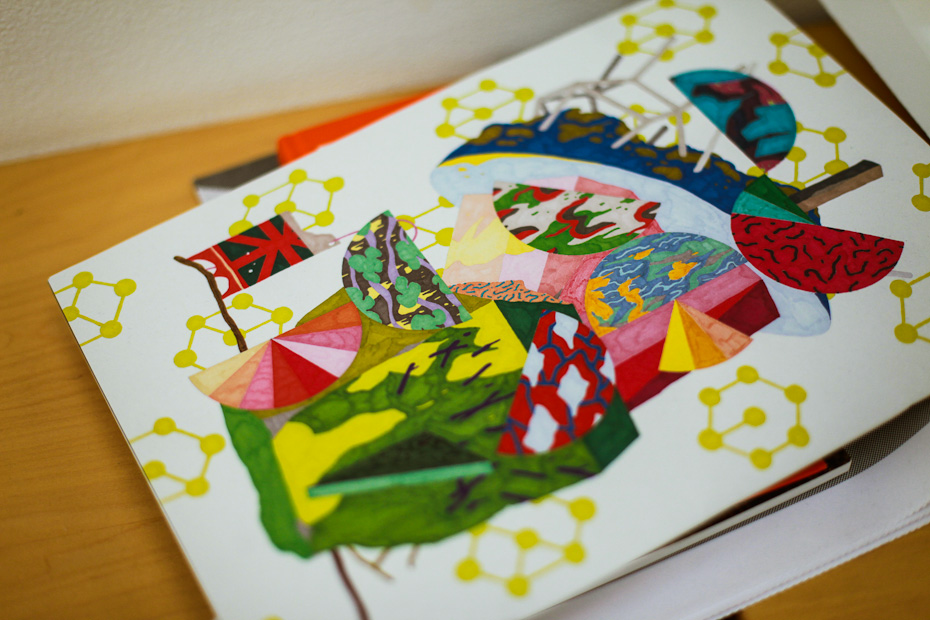
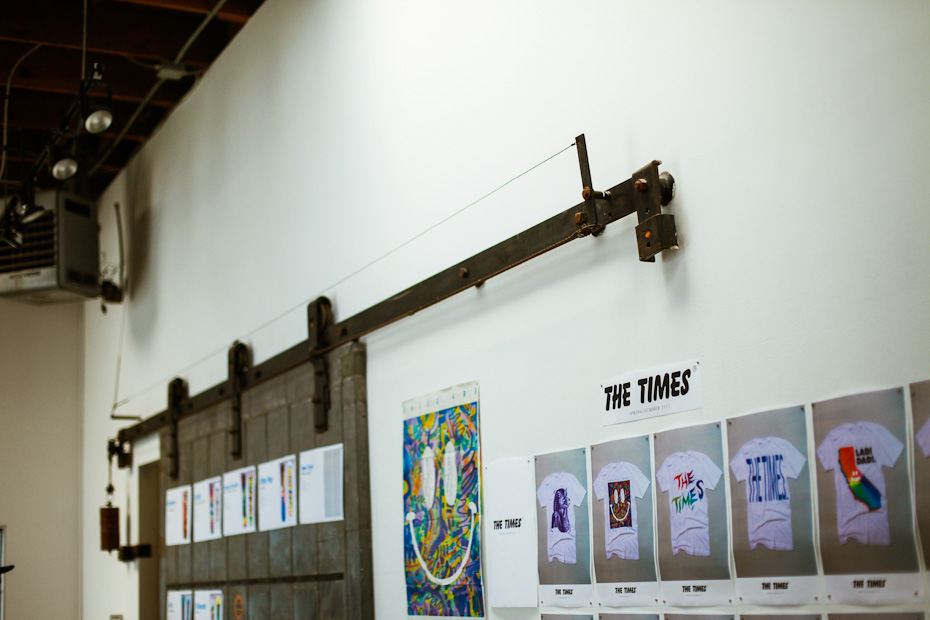
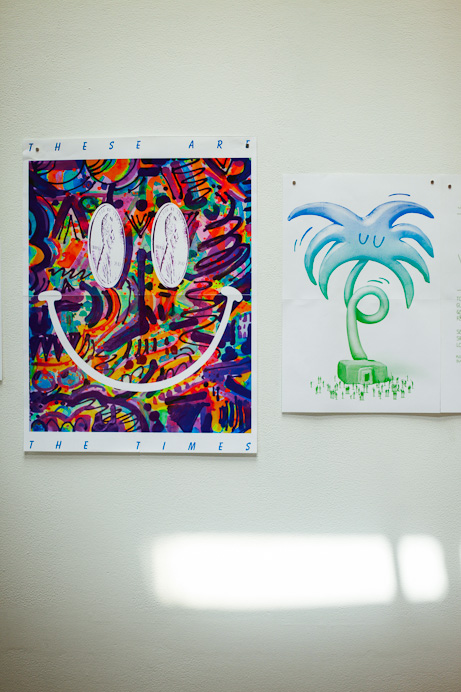
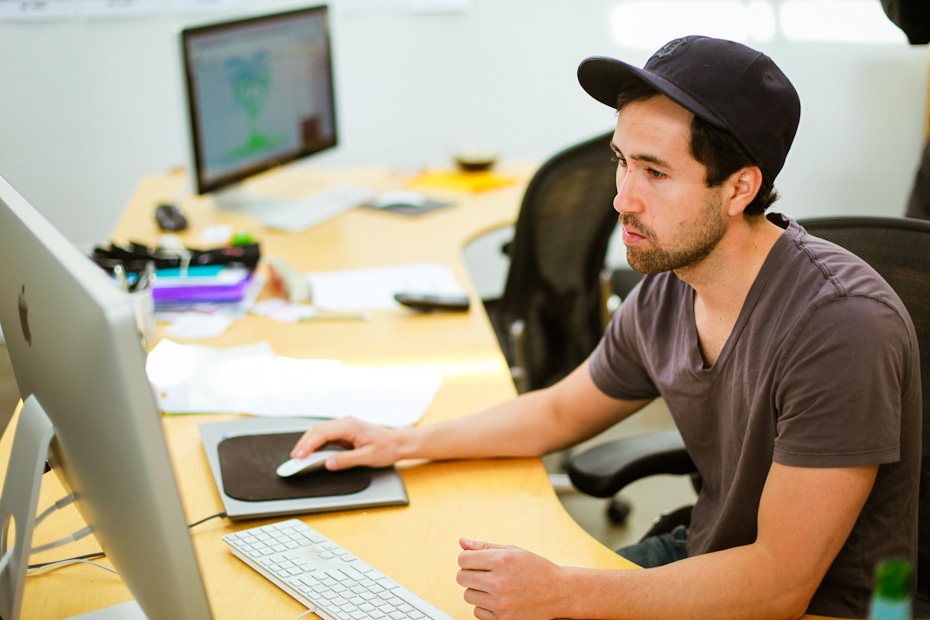
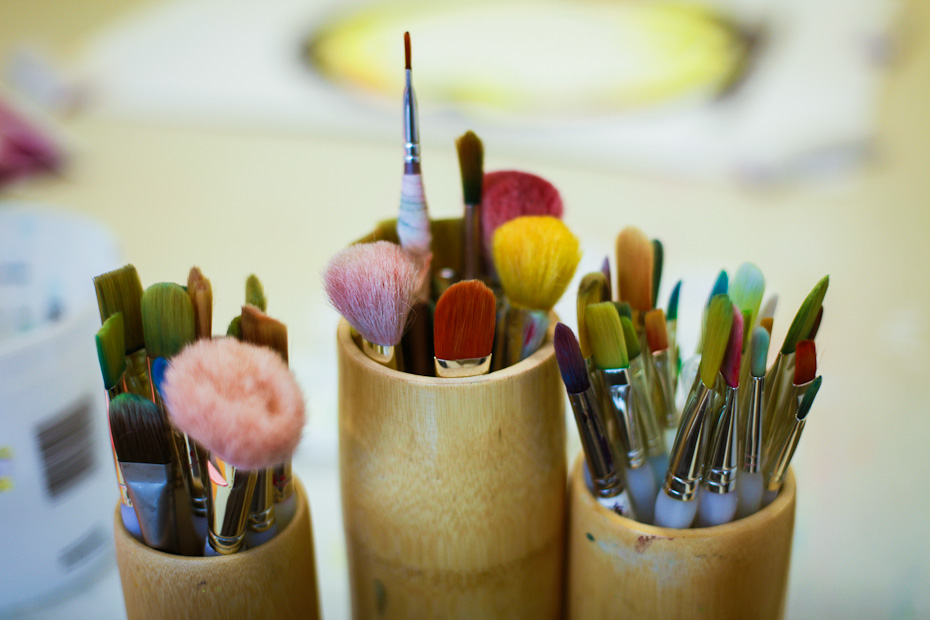
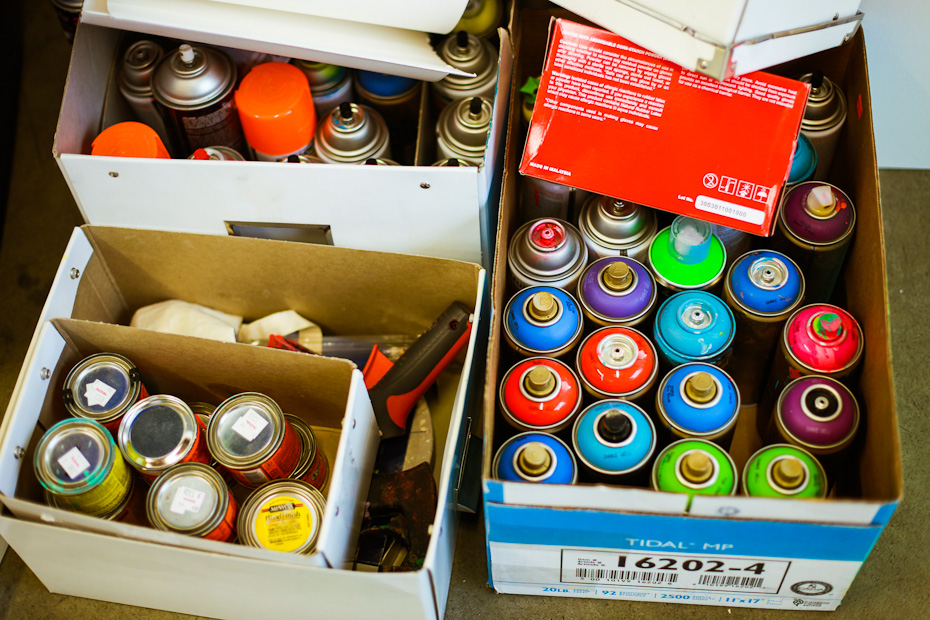
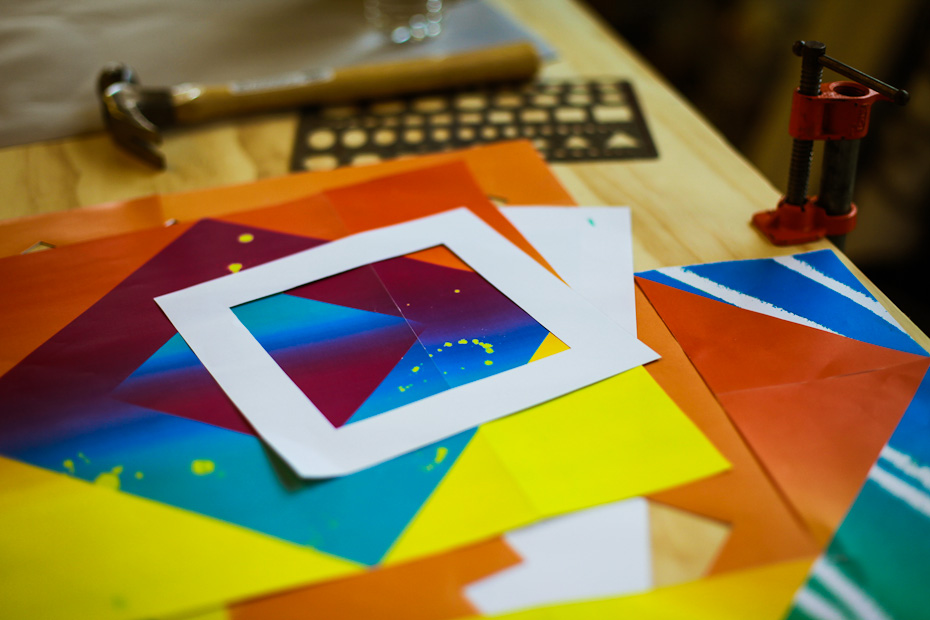
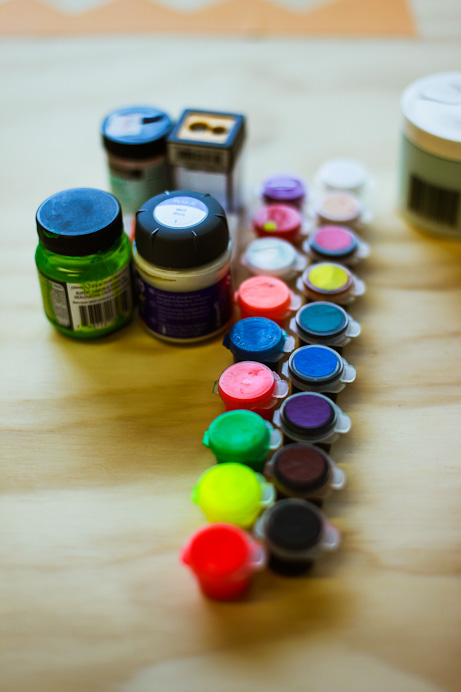
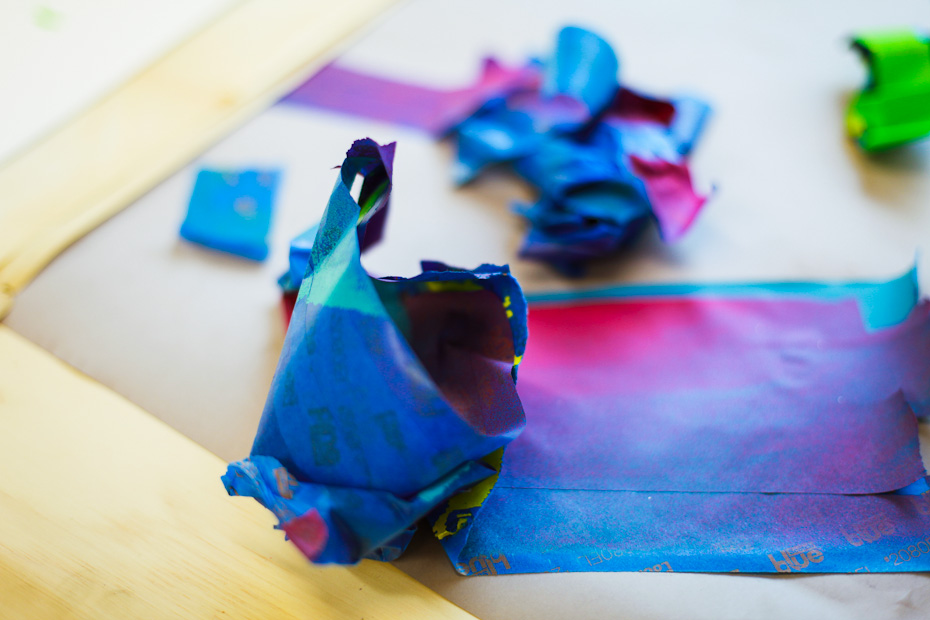
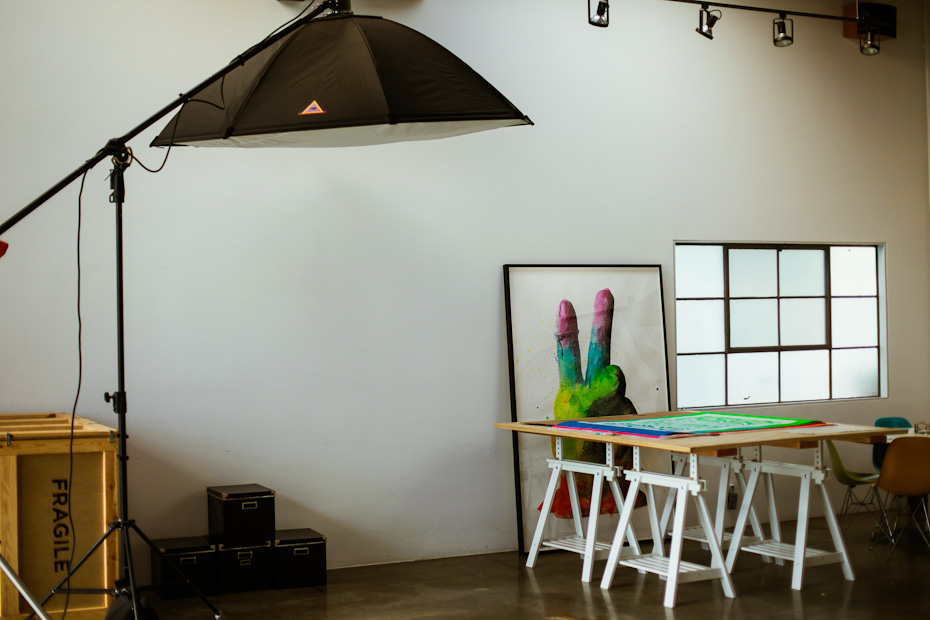
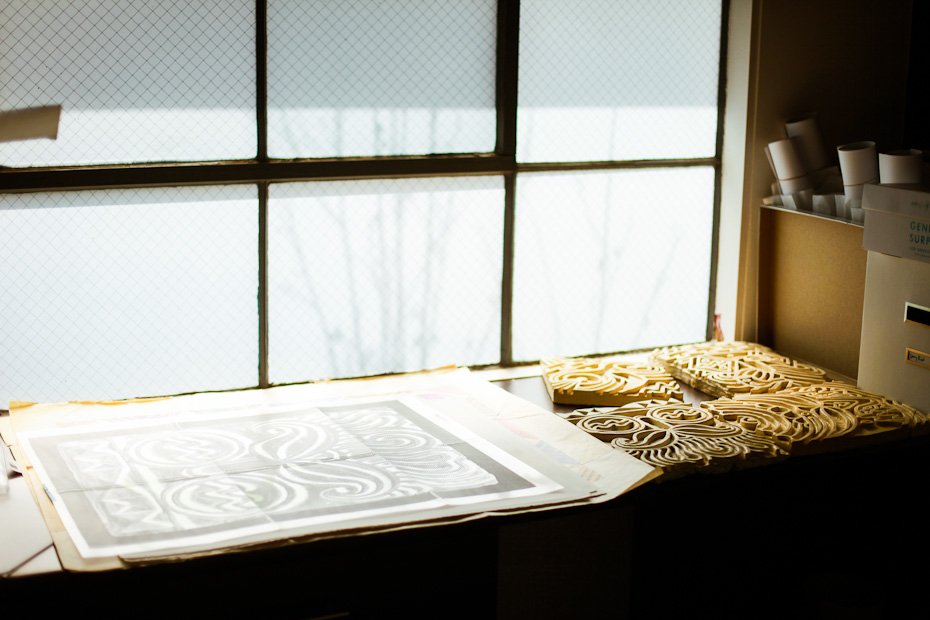
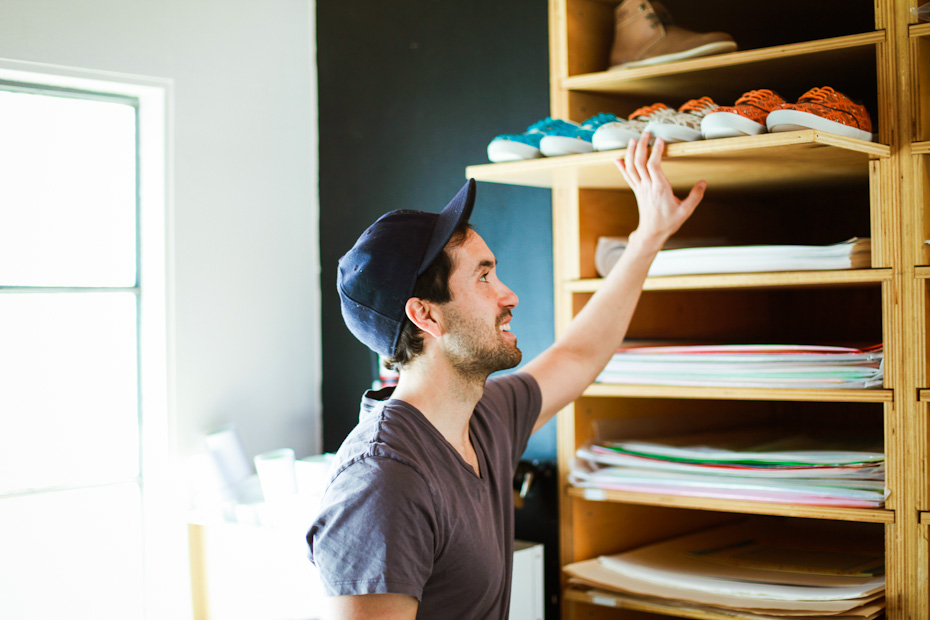
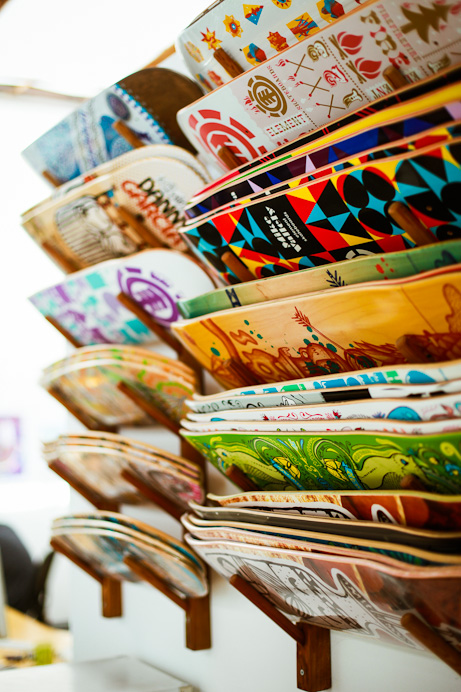
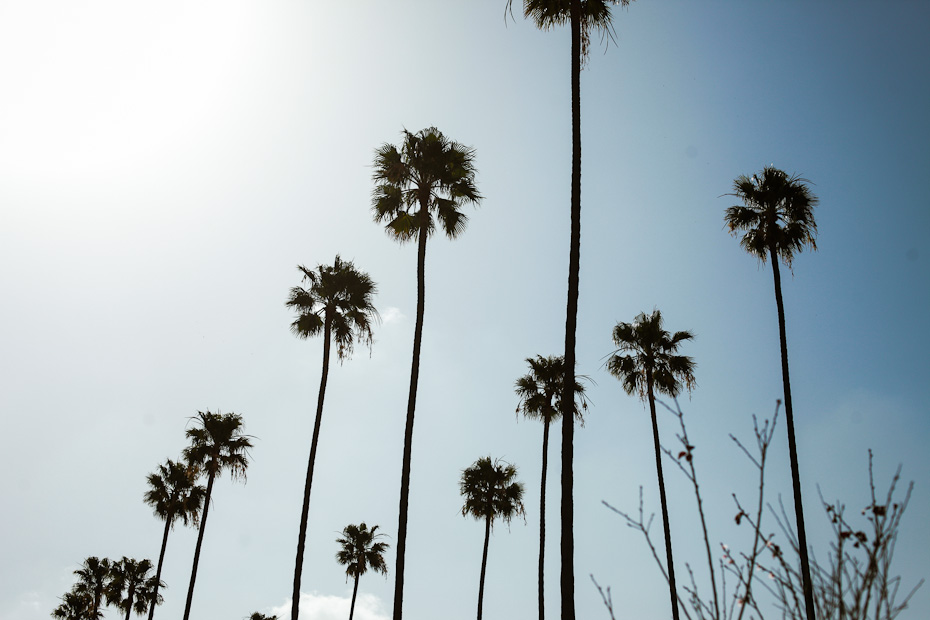
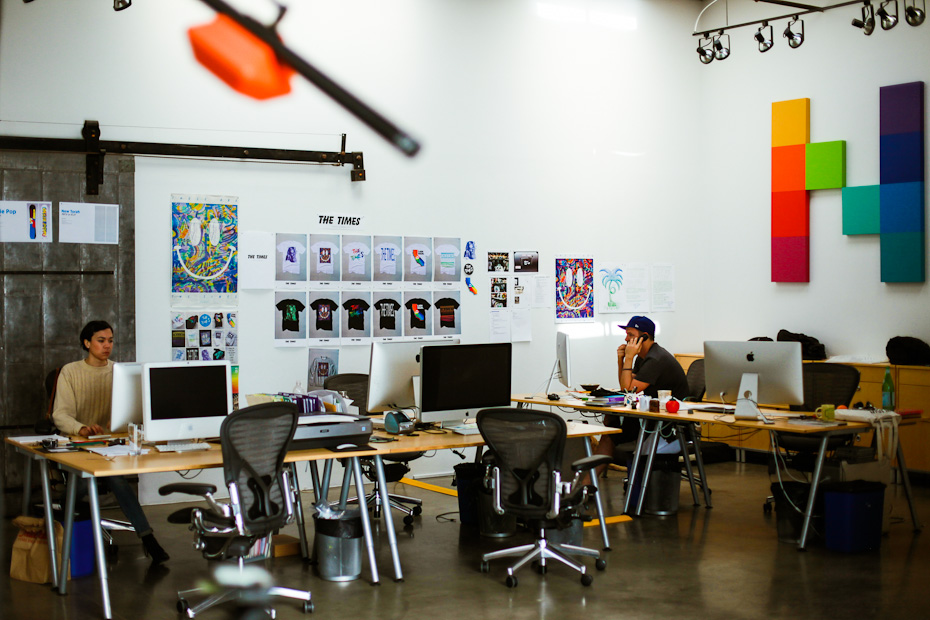
Are you from L.A.?
I grew up in East County Los Angeles, out in La Verne. It is a small suburb located just 30 minutes east, by Pomona, closer to the hills in the East Valley.
Did you enjoy growing up here in L.A.?
Yes, growing up in the suburbs here, definitely. Every time I leave now for business trips or travel, I definitely realize how much I loved growing up here in Southern California.
In your work, there seems to be a strong Californian vibe present.
Yeah I get that, its actually interesting because I have gotten that in the last 3 or 4 years. I had never really thought about that, but as I have been told that continually, I’ve began to look back at the work, and scratch my head as to ‘why.’ I think a large part of where that comes from is the sun in California. I feel that the sunshine and the weather here is influential in what I do, and what I make day to day, versus the East Coast, or even Europe, or traveling to France. In Paris, the light is just so completely different. The way of living is very different…In Paris, there is very much a winter. But in California, it is that one kind of place within the State or the country, where you just get beautiful sunshine year round.
What was one of your first jobs?
Construction. My dad was a construction worker growing up, for residential and commercial projects. He always had this very strong work ethic. Early on, he was always bringing us to job sites, well before we were sixteen, to show us “the law of the land,” and to etch into our heads what work truly is. Those are my earliest experiences with working. My dad was always trying to show us how he made a living, and how it was not exactly a fun way to do so. But that is how he made money.
Did you just enjoy going to construction sites with your father, or did you ever want to do construction for a living?
Oh, no, we hated it, we totally despised it, I think that is the reason why he wanted to beat a dead horse with continually bringing us to job sites. (laughing) Even once we were old enough, 16, or 17, he told us we always had to have a job, through the summer. It was mandatory, just to help make a living essentially.
Naturally one of the things we did was construction, because he always had small side jobs he was working on that we could help with. We totally despised it, but I think there was a lot that we learned from working with him. From even just seeing behind the scenes, such as the electrical and plumbing of a home, how it is all put together. We also thought to ourselves ‘fuck’ I really do not want to do this later in life. This is really fucking hard work, I better get my shit together, and figure out what I do want to do! Hopefully I will approach whatever I choose to do in the same manor. Basically, if I am forced to wake up 9 to 5 to make a living, which is essentially what I have to do if I want to live in America, then I better damn well make sure it is something I want to be doing, you know, that it is satisfying to me, if I am even fortunate enough to do that.
What does the name National Forest Design, your creative consultancy, refer to?
It is just an intuitive creative name. We were just sitting around, and we came up with National Forest, and connected with it, and this idea that it brought along good vibes, and that so many people have great connotations with this idea of a national forest. We also liked that you had to scratch your head and think about it, and you have to want to be interested in what we were doing.
How did this idea of collaborating come about?
I went to the Art Center in Pasadena where I met Justin and we studied art and design there together. Then upon graduation, we realized that we were going to go get job at a skateboard company or whatever else we were interested at the time, and we would never see each other, or, we were going to figure out a way to work together. So essentially we put our portfolios togethers, and said ‘hey,’ let’s do this.
So you both co-own the company?
Yes, the 2 of us co-own the company, National Forest Design. At that time, after school, we just began selling our portfolio and illustrations to magazines. It was a lot of traditional illustrations at first, because that was what we were taught in school, basically selling them for editorial stories.
What were your first big jobs?
Initially, it was for Rolling Stone, Spin Magazine, and a bunch of traditional print magazines, illustrations for the stories, juxtaposing images next to the stories. It was like 500 dollar jobs, everyone once in a while there were 1 or 2 thousand dollar jobs, and eventually it grew out of that.
Your recently designed shoes for a company called Generic Surplus in Los Angeles, and you made a video to accompany it.
Generic Surplus has been really great sponsoring me as an artist. They had been asking me what would be the ideal shoe, so I designed this shoe from the ground up, which was very cool, because I had never done this sort of thing before. Initially, I was thinking I wanted to do a hiking boot, remember the brand Hi-Tec? So we came up with all these different ideas, and I finally decided I wanted to do a boot, like a mariachi boot, basically a boot that meets a desert shoe. Something you could wear that is functional, but also has a story. I have been working with this on-going desert theme, because a lot of that is that we essentially live in a desert basin. Even though Los Angeles is not quite technically a desert, it still is surrounded by it. I’ve liked using the barren landscape as a vessel to speak within.
Do you go out to Joshua Tree a lot?
Yes, lately, we have been for art projects and things. Its really interesting, we have just naturally started to go out there.
Where do you stay when you are out there?
I think the name of it is called “The Palms” or maybe its called 29 Palms. The place with the hot tubs, and the boat. And several other randoms, and then sometimes at the Ace.
Your video work with Generic Surplus, how did that come about?
We started sharing all these ideas with Generic Surplus after we built and designed this shoe. We began with talking about how I am interested in this idea of “the crystal skull.” We started to share common interests in a concept of an artifact, time capsules, and objects. I am very much interested in 3-D sculptural work, which is new to me, as a visual person. So, the owner of Generic Surplus brought up the Discovery Channel show, “Ancient Aliens,” which is a very hokey name for the series, but essentially it is a show that is about these ancient artifacts which have been found over the history of time. Ranging from b.c. artifacts, to current day, the twenties, or maybe the sixties. One of the shows was specifically about a crystal skull and this legend of the finding of the crystal skull. I was fascinated because I had heard about this through pop culture, Indiana Jones, through Hollywood films, and I realized how that story has influenced contemporary artists such as Damien Hirst with his piece on the diamond skull, which was completed a few years ago.
What is this story of the crystal skull?
So the story is about this woman who found this crystal skull in this Mayan ruin in the 1920’s, and she didn’t know where it was from. Others had no clue where it had come from, and so, after these crystal skulls started to appear and pop-up all over the world, nobody knew if they were associated with the original. And from there, it grew into this ridiculous, almost new-age tale. True believers in these 12 crystal skulls believed that once they are togethe,r it will be the dawning of a new era, or the end of the world. (laughing)
Do you believe in the power of the crystals, or are you a new age person?
No, not really, I just thought it was really funny and quirky. It was more about this sense of believing. I came up with this idea that I wanted to come up with my own crystal skull, and it would be a representation of what I thought about the crystal skull. So we made it, went out to the desert, and buried this crystal skull, which eventually turned into the look book for the Generic shoes. In the end, it comes back to this idea of the artifact and the simple act of creation, loosely talking about creation and death.
Often times as an artist and a creator, you find yourself in a situation where you are making stuff and its about presenting it in someway to the public, or creating a dialogue, but I think you can easily become consumed and caught up within that, and the desire to have that specific conversation, or an art show, or it becoming press, or blogs, or fortune and fame.
But this project was really about that I wanted to invest time, thought, and energy into it. But I want it to have an eventual death, before it even makes it out to the public. This idea of “the object being seen within the gallery space,” well, its simply not going to happen with this project.
Thank you, Steven for this nice interview!
Text and Interview: David John
Photography: Ailine Liefeld
